New Inventions In Automobile 2018
Looking for this year's list? 2019's Best of What's New winners, this way. >>
Artificial intelligence mastered a lot of tasks in 2018. There are algorithms that win human debates, book dinners, eliminate checkout lines, tend gardens, spot plumbing leaks, and call for help when we trip and fall. But the machines aren't completely taking over just yet. There's at least one thing we're sure even the savviest silicone noggin can't do: put together Popular Science's annual list of the year's most pivotal, influential, and just plain awesome innovations.
Our 31st annual Best of What's New list is the culmination of a year spent obsessing over, arguing about, and experiencing the newest technologies and discoveries across 10 distinct disciplines. Yes, there are eye-poppingly-bright TVs. Sure, there are video games that will suck us in for hours. And, naturally, there's a car that, on the right road, will just drive itself.
Here, we dig deep, because some innovations don't make a lot of noise, yet have the potential to make a real and lasting impact. A drug that blocks mind-numbing migraines or a fake egg that scrambles like the real thing are no less impressive than the fastest spacecraft ever to break free of earth's atmosphere. Why? Because the effects of each of the feats will reverberate for years down the road.
And, while we have you, let's all just take a moment to appreciate that this year's collection includes a full-on jet pack.

Aerospace
Let's not waste any time: There's a jet suit in this year's Best of What's New list, yet somehow that's not even what we dubbed the Innovation of the Year. That honor goes to a NASA probe that is, put simply, the fastest thing ever made by humans. Its destination? A little place known as the sun. There's no doubting the sheer epicness of this year's top Aerospace innovations; even the more-practical offerings—a floating virtual assistant for the ISS or an extra-safe helicopter—are so awesome you'll find yourself casually bringing them up on your next first date or company holiday party. Everybody understands how cool space is.
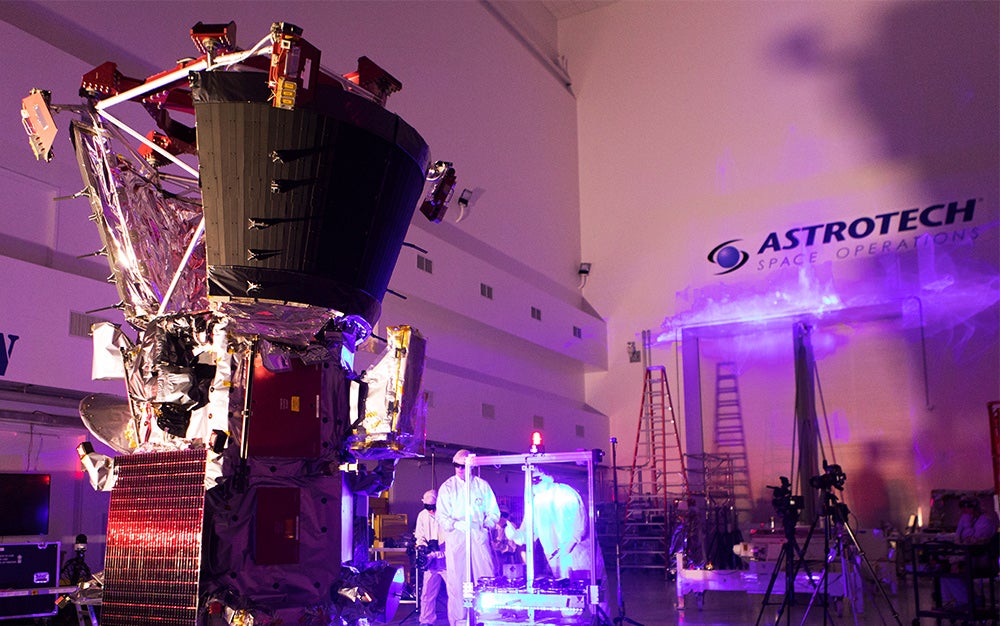
Parker Solar Probe by NASA
NASA's Parker Solar Probe is officially the fastest thing ever made by humans, reaching a top speed of 430,000 miles per hour as it makes its 7-year mission in the sun's outer corona. The probe, which launched in August, will orbit our star, getting closer than any spacecraft ever has before. Despite encountering temperatures north of 2,500 degrees Fahrenheit, most of the probe's four sensitive instrument suites will remain a cool 85 degrees. This is thanks to an eight-foot-wide, 160-pound heat shield made of carbon foam 4.5 inches thick and coated with a layer of superheated carbon. The foam is so light that, here on Earth, 97 percent of the mass was occupied by air—that doesn't leave much solid matter for the Sun to heat, keeping the craft cool.
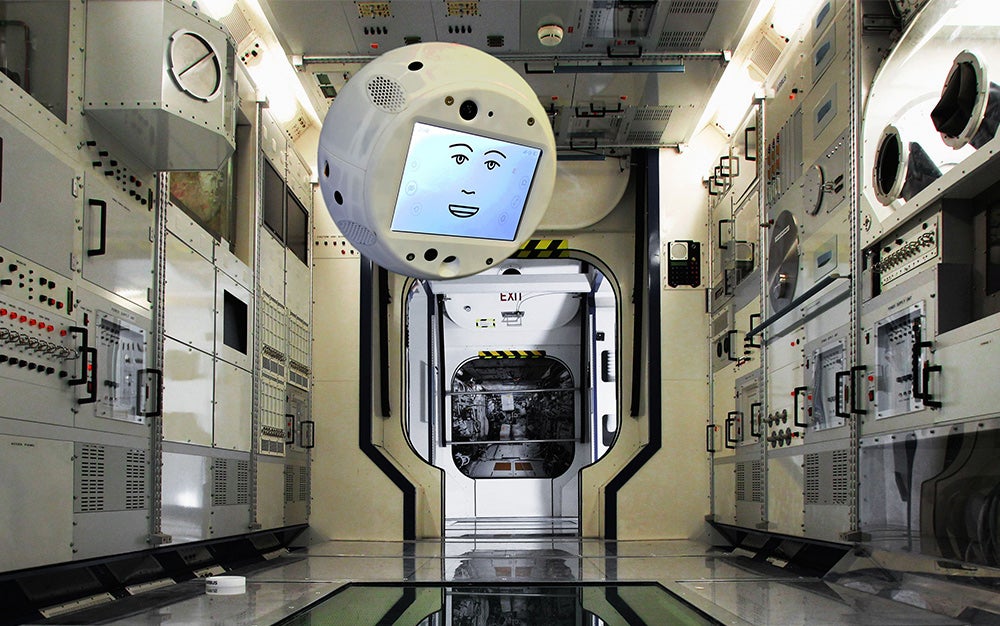
CIMON (Crew Interactive MObile CompanioN) by Airbus & IBM
On Earth, CIMON weighs 11 pounds and is a bit bigger than a basketball. In low-Earth orbit, the robot, powered by IBM's Watson natural-language artificial intelligence, is designed to act like a space-bound personal assistant. It's similar to Siri or Alexa, but equipped with knowledge that can help astronauts make repairs to the ISS, run the many experiments sent into space, or even talk the crew through basic medical procedures. It headed to the ISS this summer as a free-floating assistant, able to fly around the station on command with the help of 14 specialized fans. In mid-November, German astronaut Alexander Gerst successfully walked the floating assistant through its first camera-toting, voice-activated, rubix-cube-solving paces.
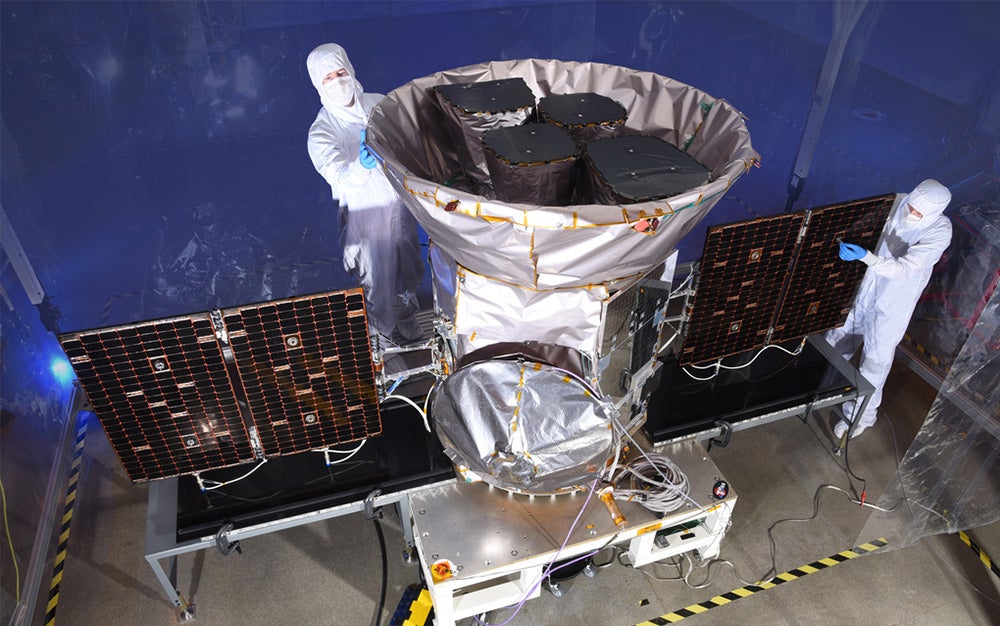
TESS (Transiting Exoplanet Survey Satellite) by NASA
Over the next two years, NASA's TESS will monitor about 200,000 nearby stars for evidence of orbiting exoplanets. TESS is expected to find thousands of new planets, which will give astronomers a better understanding of how worlds like our own form—and how common watery, temperate, life-filled orbs like Earth might be. Compared to its predecessor, Kepler, TESS will search an area of the sky 400 times larger, and for less than half the price: just $337 million.
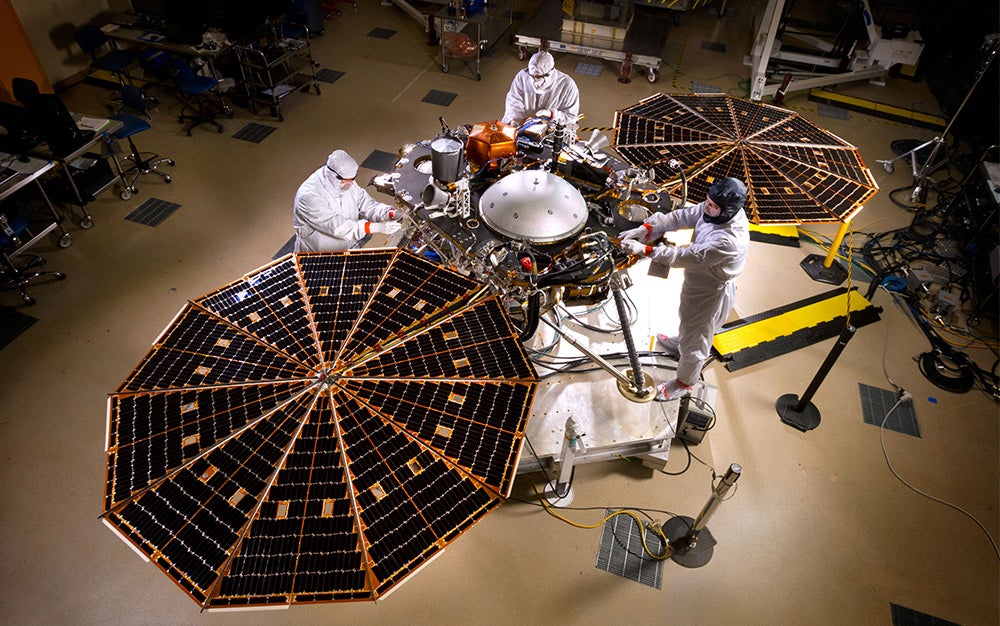
InSight (Interior Exploration using Seismic Investigations, Geodesy and Heat Transport) by NASA
Yesterday, on November 26, a 1,340-pound parcel hurtled through the Martian atmosphere at 12,300 miles per hour. About six minutes later, when the InSight rover landed, it started the slow and careful process of setting up a fleet of scientific instruments, including a probe designed to burrow 16 feet into the planet to take its temperature. Unlike space and surface-based rovers and orbiters, InSight will give us our first good readings of Mars's insides. Its ability to track the flow of heat from the interior of the planet toward the surface will help figure out where Mars's volcanoes came from, and the rover's seismometer will even measure Marsquakes and meteorite impacts.
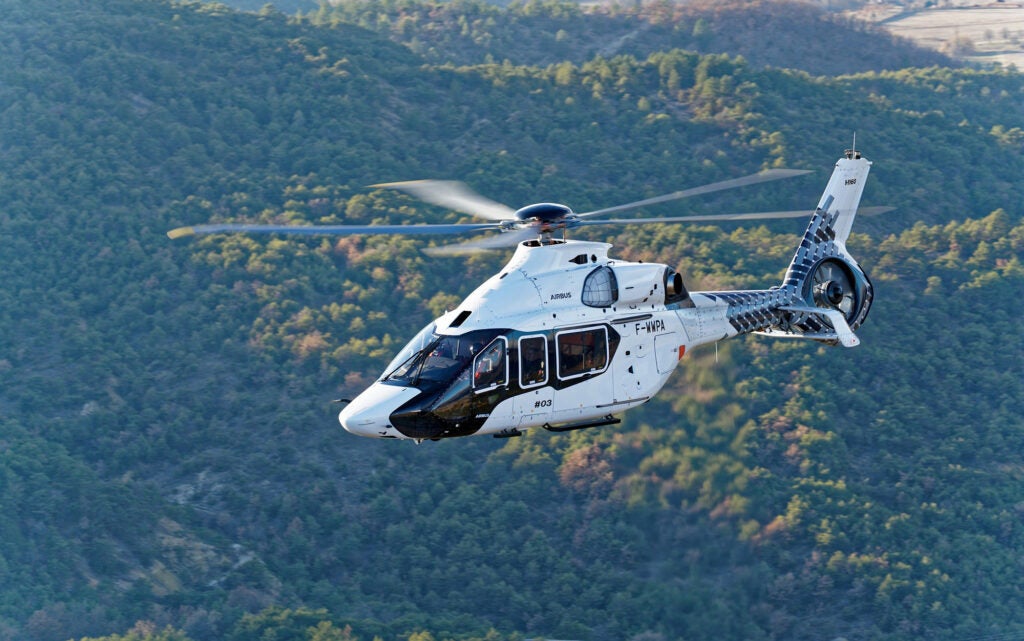
H160 by Airbus
There isn't much peril a helicopter pilot can get into (dangerous proximity to power lines, an unexpected gust of wind) that an Airbus H160 can't also get them out of. The versatile helo—configurable for rugged search-and-rescue missions, VIP transport, or ferrying up to 12 passengers like oil-rig crews—uses a novel two-level rear horizontal stabilizer to minimize downdraft vibration from the main rotor, thereby improving low-speed stability, and an always-on autopilot to ensure that even the greatest airborne surprises don't become disasters. If the pilot becomes disoriented or the craft gets tossed on its side, double tapping a single red button on the stick will automatically return it to straight and level flight.

V-280 Valor by Bell
The V-280 Valor can fly faster and farther than a helicopter, reaching a top speed of more than 320 miles per hour—a whole lot faster than the venerable Black Hawk's maximum of 183. This is a new tiltrotor aircraft, meaning its propellers can pivot from horizontal to vertical, allowing it to takeoff and land vertically while still retaining the speed advantages of wings and forward-facing props. The V-280 prototype achieved first flight in December 2017, and it promises to be a smaller, lighter, and more nimble version of the V-22 Osprey tiltrotor. It'll also be easier to fly, and less damaging to landing and takeoff surfaces: Only the Valor's rotors will tilt skyward, not the entire engine. This protects surfaces from intense heat, and reduces the dust that can obscure a pilot's vision.

Low Power Radar (LPR) by Raytheon
For such far-out drone missions as, say, autonomous cheeseburger delivery to become reality, we'll have to track the small, low-flying vehicles in the sky. Conventional radar coverage peters out if you dip much below 3,200 feet, which is where Raytheon's new Low Power Radar (also known as Skyler) comes in. The compact unit—less than one-meter-square—scans for objects using a radar system similar to those used in modern fighter jets. Networks of these devices set up on cell towers, buildings, and hills will be far cheaper than the large, moving radar dishes that now scan our airspace.
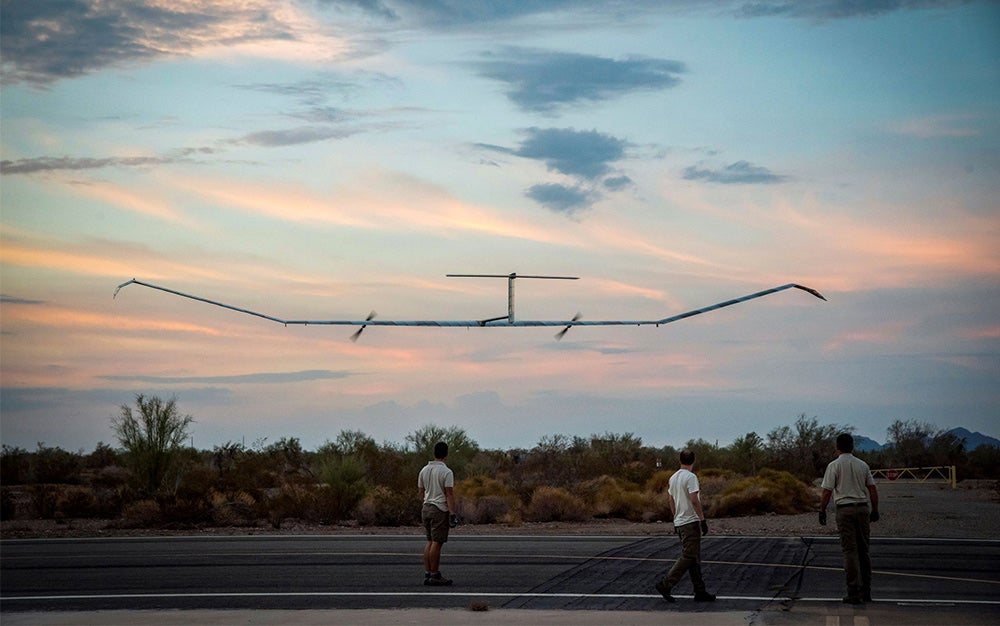
Zephyr S HAPS (Solar High Altitude Pseudo-Satellite) by Airbus
Airbus's Zephyr S HAPS set an all-time record on August 5, 2018, staying aloft for more than 25 days. The flight, staged in Arizona, went to 70,000 feet, comfortably above other aircraft and most clouds. Despite its 82-foot wingspan, the solar-powered UAV weighs just 165 pounds, which—along with a power-management system that focuses on maintaining battery temperatures to ensure optimal charge and discharge rates—helped it consume less overall energy. It maintained its elevation all through the night, a feat that other sun-powered planes still can't achieve.
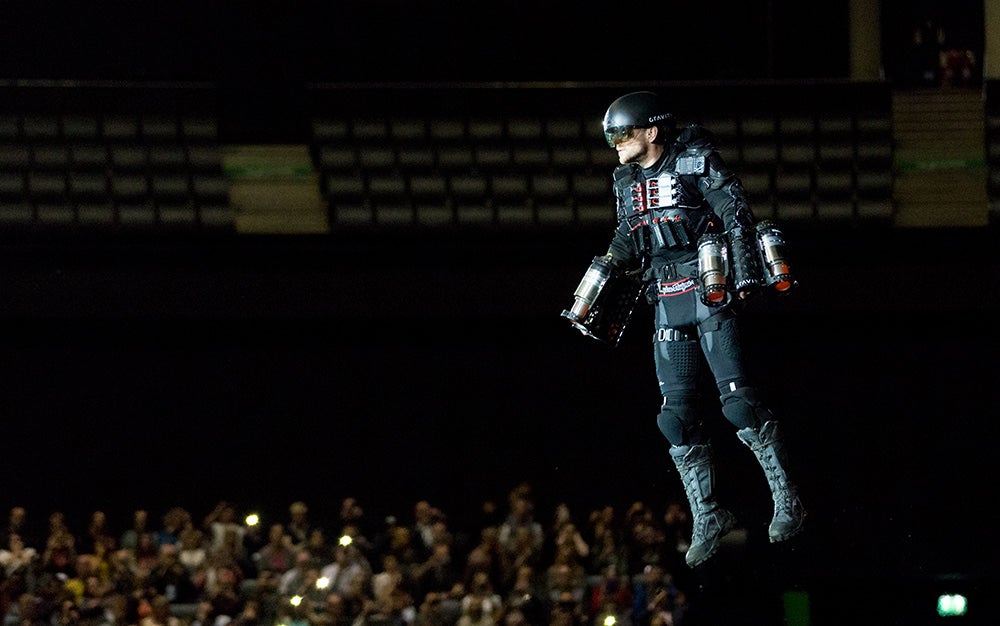
Gravity Jet Suit by Gravity Industries
Jetpacks have come and gone over the years, usually stymied by short flight times and the sheer danger of strapping jet engines to the human body. With a design closer to Iron Man's suit than Flash Gordon's pack, Gravity uses a trio of precisely controllable kerosene-powered microturbines—two of the breadloaf-sized engines on each hand and one on the back—to generate a stable "tripod" of thrust totaling 1,000 horsepower. The suit carries enough fuel to fly for up to 8 minutes.

Gadgets
In large part, the items on year's list of the best new gadgets don't change the world as much as they change the way we, as tech-loving super nerds, see it. This year's Best of What's New gadgets category includes leaps forward in both virtual and augmented reality, which were welcome reprieves from the increasingly hectic world of, well, actual reality. Other honorees help us combat common problems: Tougher glass prevents broken smartphone screens, and a sleep aid blocks noise but lets through crucial alarms. Perhaps most importantly, however, fidget spinners were officially nowhere to be seen in 2018. Rest in the clearance bin, little buddies.
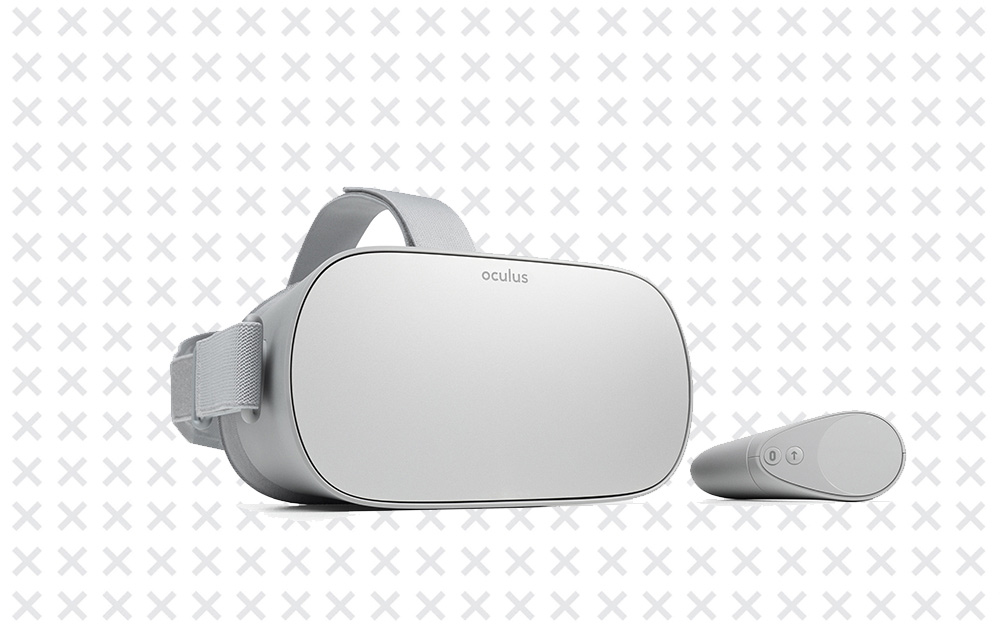
Oculus Go by Facebook
Grand Award Winner A VR headset that stands alone
Really good VR—the kind that can make your palms sweat when you stand on the edge of a virtual cliff—is hard to come by. Most people settle for lackluster experiences that rely on smartphones and suffer from blurry images and smudgy lenses. The Oculus Go is the first VR headset that can create real immersion experience all on its own, without the help of a high-end gaming PC that costs as much as your first car. The 2560-by-1440-pixel LCD actually has more pixels dedicated to each one of your eyes than the Oculus Rift. And the visor's built-in speaker system adds to the sensory onslaught, pumping carefully timed audio that can trick your ears into thinking there's really a zombie sneaking up behind you. Go also launched with more than 1,000 VR experiences, from peaceful meditation apps to riding impossible roller-coaster rides. The 16.5-ounce headset doesn't feel like a phone accessory or a watered-down version of its predecessor. That's because it's neither. It's a huge step in VR's journey out of the niche gaming community and into the mainstream. Facebook
Check Price

Galaxy Note 9 by Samsung
Liquid-cooled smartphone to handle high-end games
The 6.4-inch AMOLED display on the Galaxy Note 9 packs more pixels per inch than even the new iPhone XS Max's screen. Driving all those dots—and the accompanying Fortnite sessions—is where this massive device differentiates itself. A cooling system, which circulates water through multiple layers of conductive materials like copper and carbon fiber, pulls heat away from the processor (a top-end Qualcomm Snapdragon 845) and the graphics chip. The chilling effect helps the components avoid CPU slowdowns when temperatures rise. Samsung
Check Price
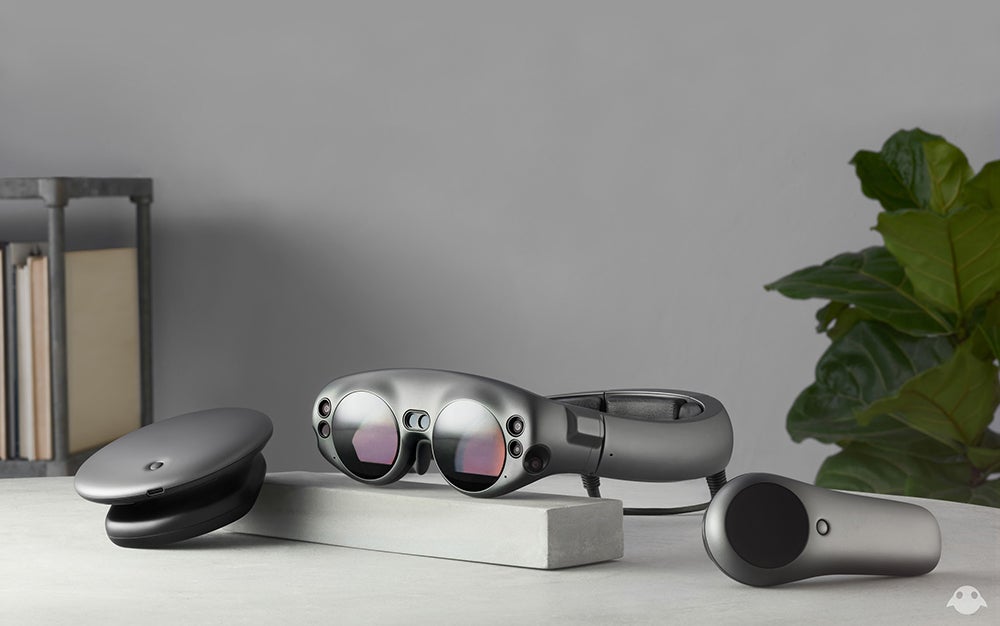
One Creator Edition by Magic Leap
Most augmented-reality experiences make your smartphone's screen a window into an altered version of the real world, which can be fun, but also flat. The Magic Leap goggles, however, put digital objects right in front of your eyes. The headset uses a projection tech called light-field to shine light—in the form of cheerful knights, clumsy dinosaurs, what-have-you—onto transparent glass displays. Cameras and infrared sensors on the front of the wearable capture your surroundings, so digital sprites can interact with IRL objects. There, now you can watch a virtual penguin walk off your coffee table and faceplant on the floor, you sick weirdo.
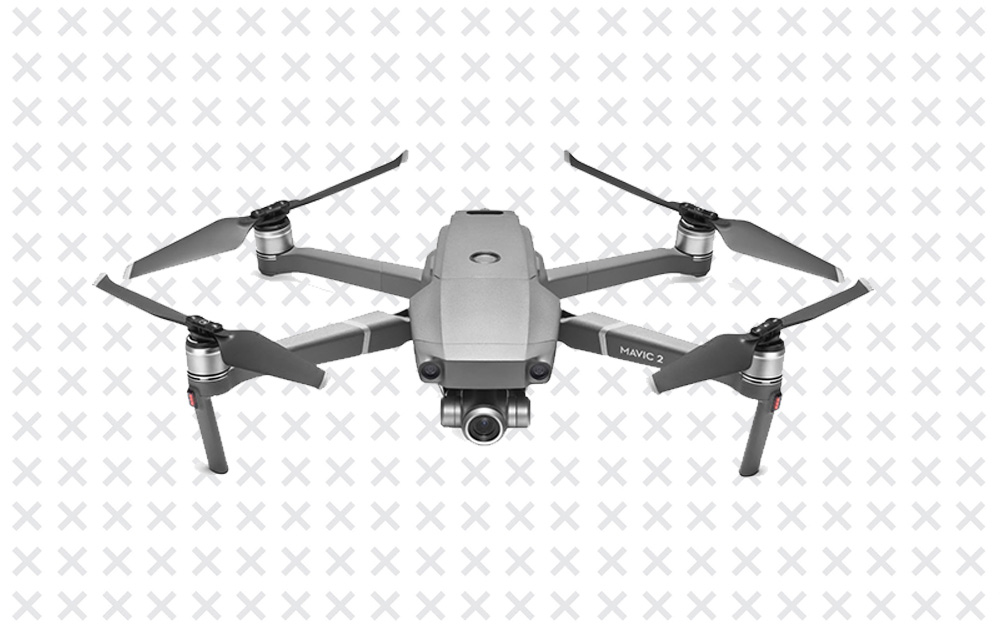
Mavic 2 Zoom by DJI
A drone with zoom
Flying a drone too close is an A+ way to miss sudden action happening downfield. The camera on the Mavic 2 has a 2x optical zoom lens, which allows pilots to change perspective 'on the fly' (get it?). Because holding shots steady gets exponentially harder when you zoom, computer vision helps the camera lock onto objects in the frame, and onboard stabilization pulls data from gyroscopes to keep the horizon straight. If something manages to get too close, collision-detection sensors on every side of the craft automatically tell the drone to hover in place before it can crash. DJI
Check Price

Pixel Visual Core by Google
The beginning of always-on smartphone HDR
If you took a photo with a top-tier smartphone in 2018, your device actually captured multiple shots when you pushed the button—then used machine learning to mash them into a single, presentable image. This technique, known as multi-shot HDR, used to be optional, but now it happens with every photo. Phones can handle all that extra crunching thanks to new dedicated image processors like the Pixel Visual Core, which debuted on the Pixel 2 phones last fall. The chip pretties up your shots by replacing blown-out skies, lightening dark shadows, and reducing blur from your shaky hands, among other tweaks. All this editing happens in the same time it would have taken an older phone to snap one lousy shot. Google
Check Price
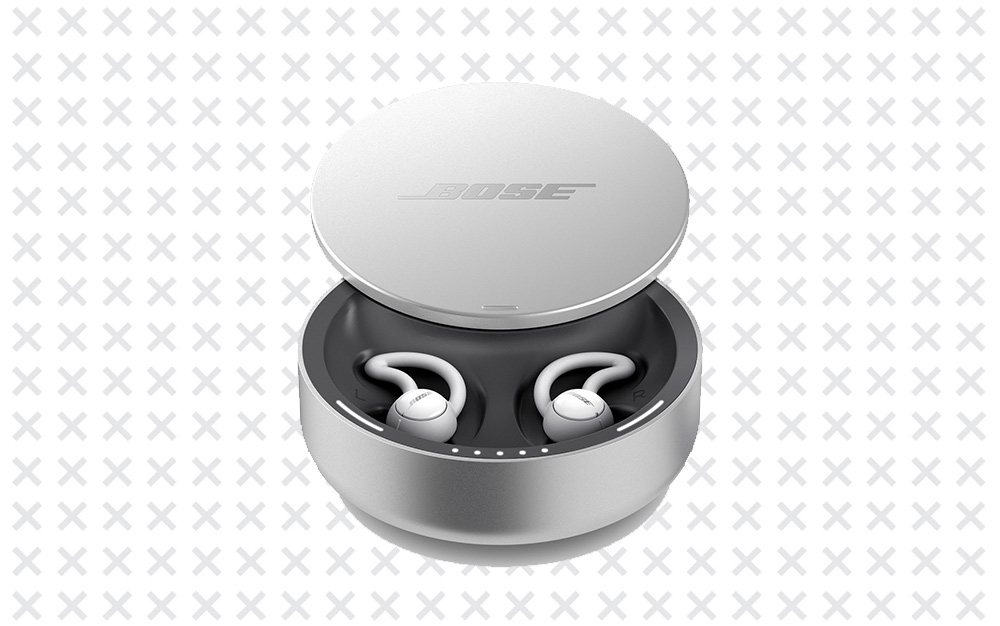
Sleepbuds by Bose
Earplugs that let you hear emergencies
Snoozing with earplugs or earbuds is a tempting way to drown out a snoring partner or endless street noise. Unfortunately, clogging up your earholes also means you could miss a fire alarm. Bose designed each of the sleep-friendly sounds (for example, staticky brown noise and running water) in its Sleepbuds with a gap in the audible spectrum. That gap is where smoke and CO2 alarms ring, so, in most instances and with the volume at a reasonable level, important notices should still wake you.. The plugs use a single balanced armature speaker, like what you'd find in a hearing aid, so they're 20 percent smaller than typical in-ear headphones—much comfier for sleepin'. Bose
Check Price
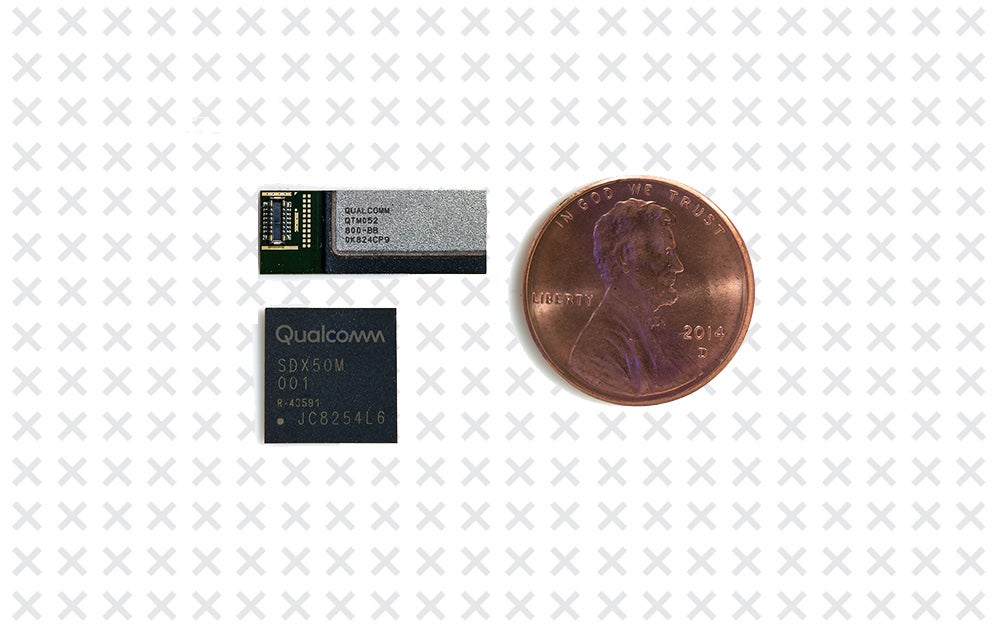
QTM052 mmWave antenna module by Qualcomm
We'll be well into the 2020s before 5G networks replace current 4G smartphone towers, but the hardware that will sling data signals up to 50 percent faster is already falling into place. Qualcomm's mmWave antenna module may be what grabs those zippy downloads on your future smartphone. Manufacturers could cram phones with up to four of the chips—each smaller than a dime—creating redundant connectivity to combat one of 5G's inherent challenges: Physical objects easily block the signals.

Gorilla Glass 6 by Corning
As wireless charging becomes standard on smartphones, glass backs are staging a comeback—and doubling your odds of dreaded spiderweb cracks from a downed phone. A slab of Gorilla Glass 6 can survive an average of 15 drops on a hard surface from 3.3 feet, twice the durability of its predecessor. The chemistry secret is a bath of molten salts, which replaces smaller sodium ions in the glass with larger potassium ions. Because the fatter potassium ions take up more space, they create compressive stress on the glass surface, making it harder to damage.
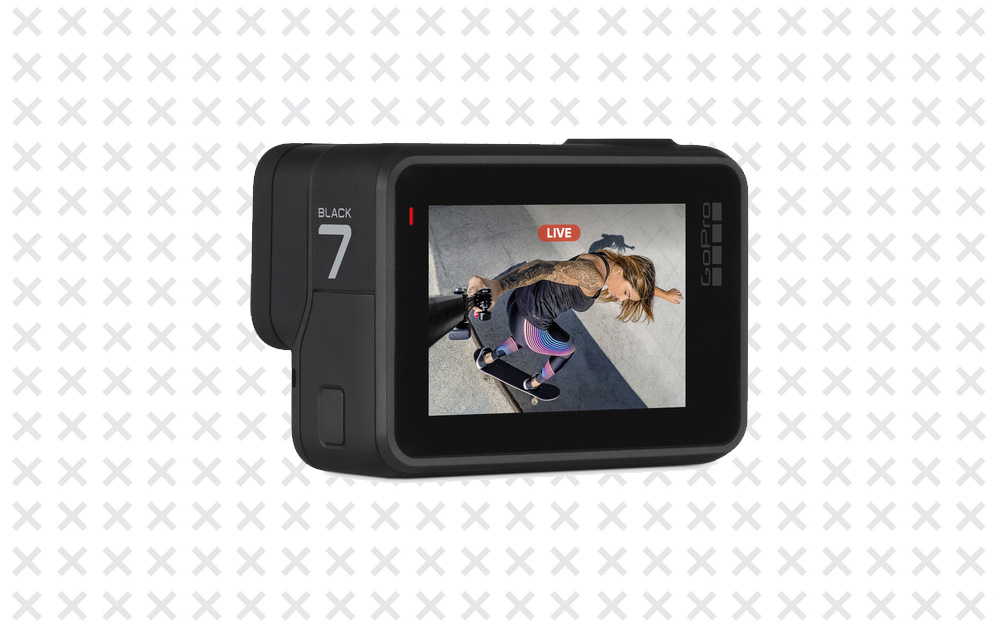
Hero7 Black by GoPro
An action camera that stops shakes
Few things ruin an action video faster than distracting—sometimes nauseating—camera shake. For the Hero7 Black, GoPro developed a feature called HyperSmooth, which digitally steadies footage without making it look unnatural and wobbly. The system relies on a buffer of pixels framing the camera's sensor. When an onboard gyroscope and accelerometer detect shakes, it adjusts the active part of the sensor in real time. While the tech cuts out the ugly jitters, it doesn't lock the horizon in place; if you lean into a turn, the footage goes along with you. GoPro
Check Price

Clear ID by Synaptics
Phone bezels—those black borders encircling the display—are dying off. The loss leaves no room on the device's face for a fingerprint reader, unless it lives inside the screen itself. The optical sensor on the Synaptics Clear ID scanner, which debuted overseas on the Vivo X21 this past fall, resides below a handset's OLED screen. Sitting beneath coated glass makes the sensor better able to handle conditions that tend to befuddle biometrics, such as wet or dirty fingers. Scanning is also swift: It takes just 7 milliseconds, compared to the more than 100 milliseconds facial readers need.

Auto
Few innovations thrill us more than the ones we drive. When you consider an electric supercar that snaps back your head with acceleration or a set of tungsten-coated brakes that'll have you straining against your seatbelt faster than you can say "internal combustion engine," it's easy to conclude 2018 was a heckuva year for the road-going brilliance.

I-Pace by Jaguar
Jaguar's I-Pace is an astonishing ride: It'll rocket you to 60 mph in 4.5 silent seconds thanks to its 394 horsepower and 512 pound-feet of torque, delivered through electric motors mounted on each axle. But this machine truly shines away from the pavement: It'll scamper gamely over rocks with its all-wheel-drive traction system (which senses both what it's driving over and how much traction that surface affords), ford water 19.7 inches deep without damaging its 90-kilowatt-hour battery, and climb and descend steep slopes. Its electrified version of off-road cruise-control allows the car to manage both throttle and braking through snow, mud, or sand, up or down slopes, and at speeds between 2 and 18 mph. Instead of worrying about what gear you should be in and how much power to apply, the driver just needs to focus on steering and enjoying the ride. With high-speed charging—reaching 80 percent capacity in 40 minutes via a 100-kilowatt direct-current fast charger—it's truly one of the most evolved and capable electric vehicles to arrive. It starts at $69,500.
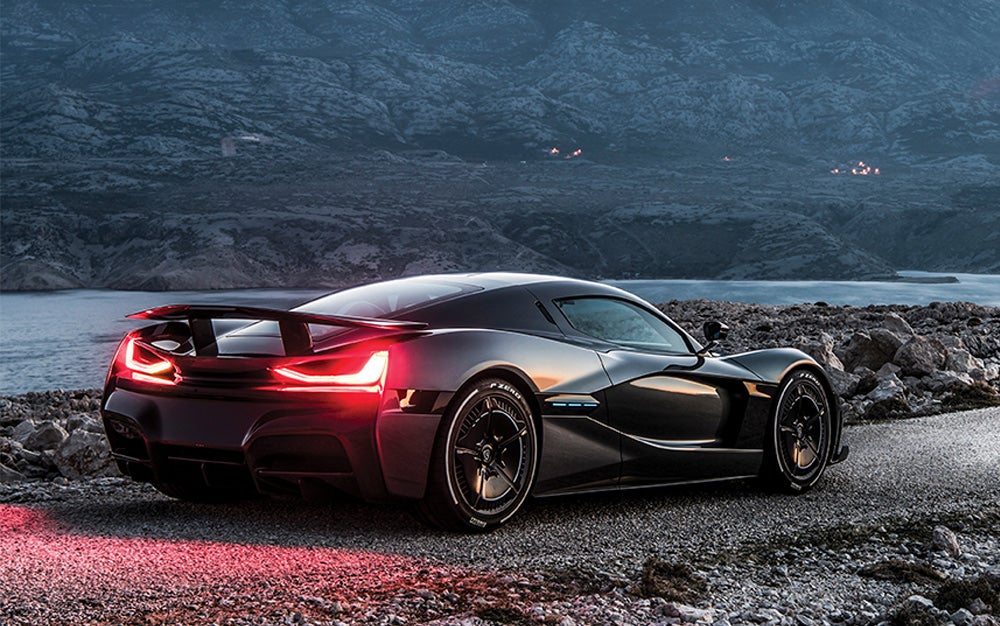
C_Two by Rimac
There's not a single figure associated with this car that isn't awesome: 1,914 horsepower, 258 mph, 1.9 seconds to 60 mph, 1,700 pound-feet of torque. The fact that all of this comes via four zero-emission electric motors—one at each wheel—seems almost an afterthought. While eco-conscious hypercar enthusiasts rave about green bona fides, performance junkies can ponder the experience of the car's speed and handling, delivered through an all-wheel-drive system that lets you select how much power you want at either end of the car. Dial it all toward the back for maximum adventure through the turns, or keep a healthy dose flowing to the front tires for more grip. Though very much a driver's car, this wicked-looking auto is also a docile touring machine when needed, with roomy luggage capacity, a comfy ride, and semi-autonomous capability to help you relax between Alpine bombing runs. It'll cost you about $2,000,000.
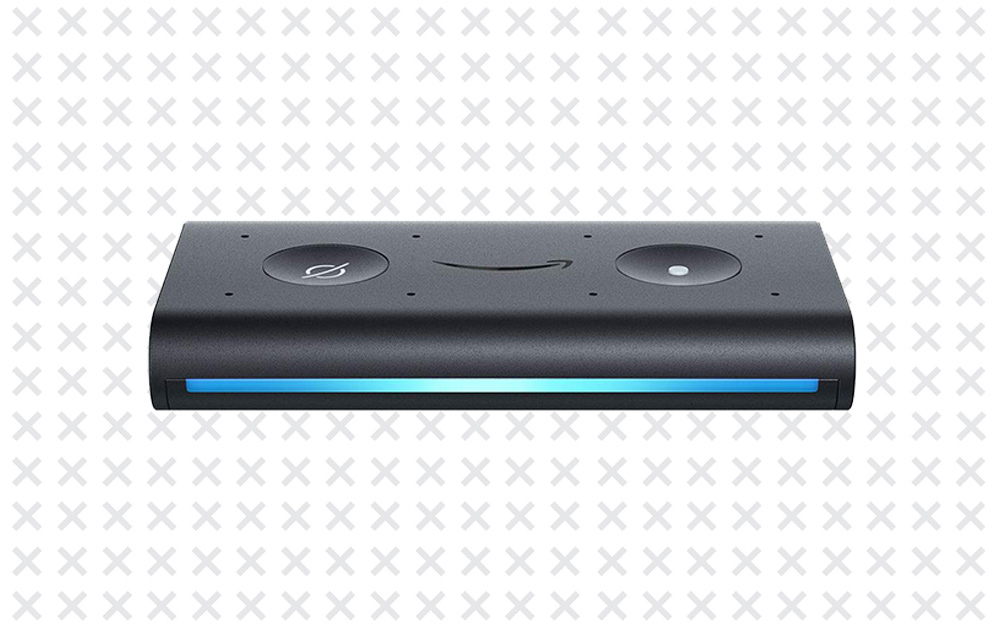
Echo Auto by Amazon
Alexa, take a ride with me
Amazon's smart speaker hits the road. Plop this flat, $50 rectangle on your dash, and its eight microphones will pick out your voice over music and road noise when you ask for news, music, directions, what's next on your calendar, or any of Alexa's other 50,000 tricks (and counting). The coolest part, though, is its ability to perform location-specific actions. The device can execute commands automatically as you reach a particular place. Get it to play 'The Imperial March'—you know, Darth Vader's theme—when you pull into the parking lot at work. Amazon
Check Price
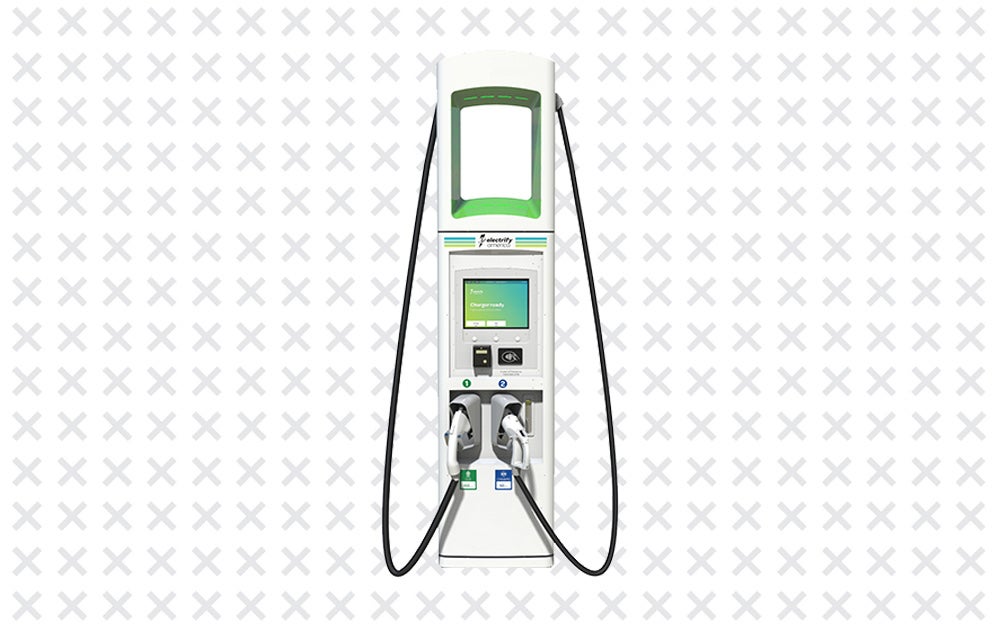
EV charging by Electrify America
Volkswagen subsidiary Electrify America plans to significantly juice the U.S.'s electric-vehicle-charging infrastructure with a trick bit of tech that will make powering your ride easier and faster. A liquid-cooled cable lets copious juice flow (up to 350 kilowatts of eco-machine-charging power) without overheating. This sort of capability could deliver 300 miles of range in just 15 minutes. Thanks to that cooling maneuver, the cable is so thin and light that EV owners won't need a lifting belt to plug it in. The group plans to invest $2 billion in hundreds of charge stations around the country. It's an effort that, we need to note, sprang directly from VW's diesel scandal settlement.
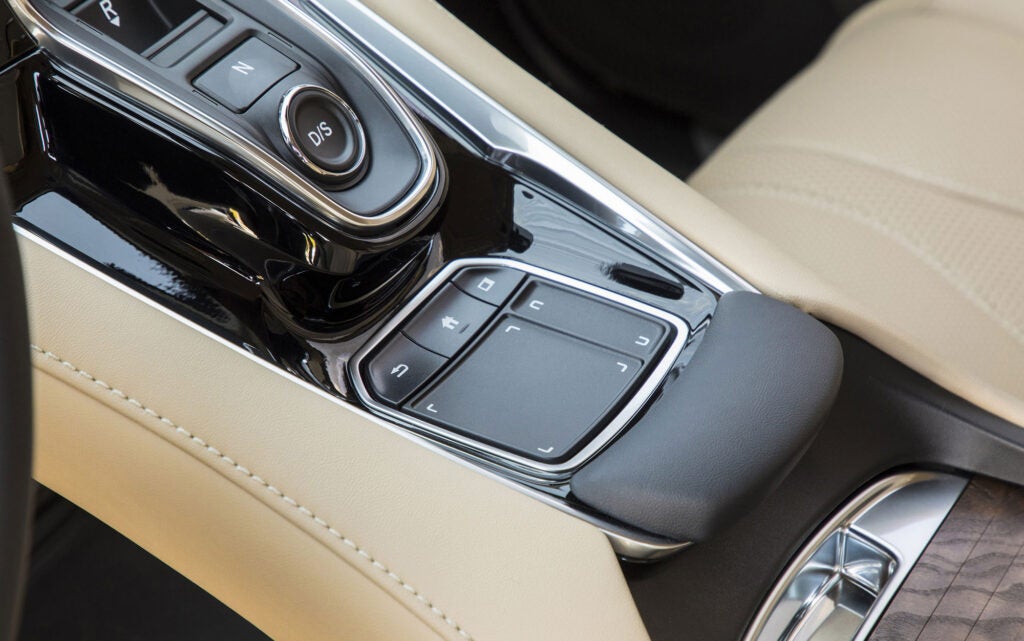
RDX Intuitive True Touchpad Interface by Acura
Using touchpads to control audio and navigation in cars is never easy—you can spend more time hunting for the cursor than you do cueing up the next track. This is all, of course, while reaching uncomfortably and staring at the screen rather than the road. Acura's solution: "absolute positioning." When you touch the pad, the corresponding area of the dash-mounted screen activates. So you simply tap the pad as though you're tapping straight onto a twin of the display, one that happens to be conveniently located on the center console instead of under your windshield. You can even use it with gloves on.
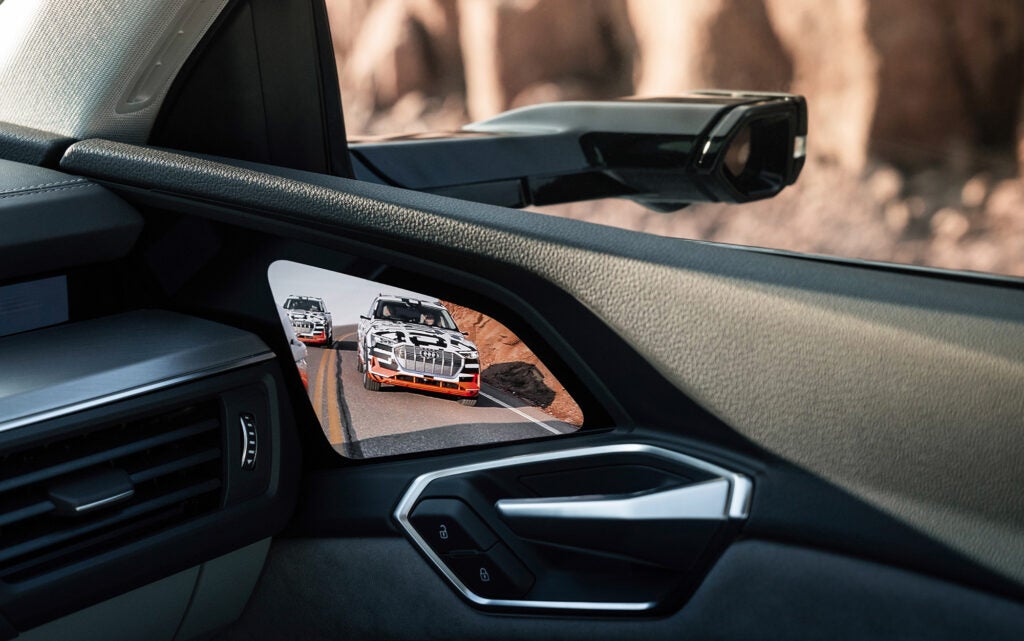
E-Tron Virtual Mirrors by Audi
Despite U.S. regulators' reluctance to approve digital side mirrors, this $75,000 Audi is plowing forward with the idea—overseas, at least. The system replaces conventional exterior mirrors with small cameras mounted on angled columns, resulting in a super-efficient 0.28 drag coefficient and making Audi's electric the slipperiest SUV on the road. Inside the cabin, bright OLED screens tucked into the door sill show vivid images of the view behind you, and touch controls allow you to aim and zoom the "mirrors" for the optimal view. The cameras adapt to changing lighting conditions to ensure consistency and image legibility. It takes about 15 seconds to get used to the tech, then you never want to go back.
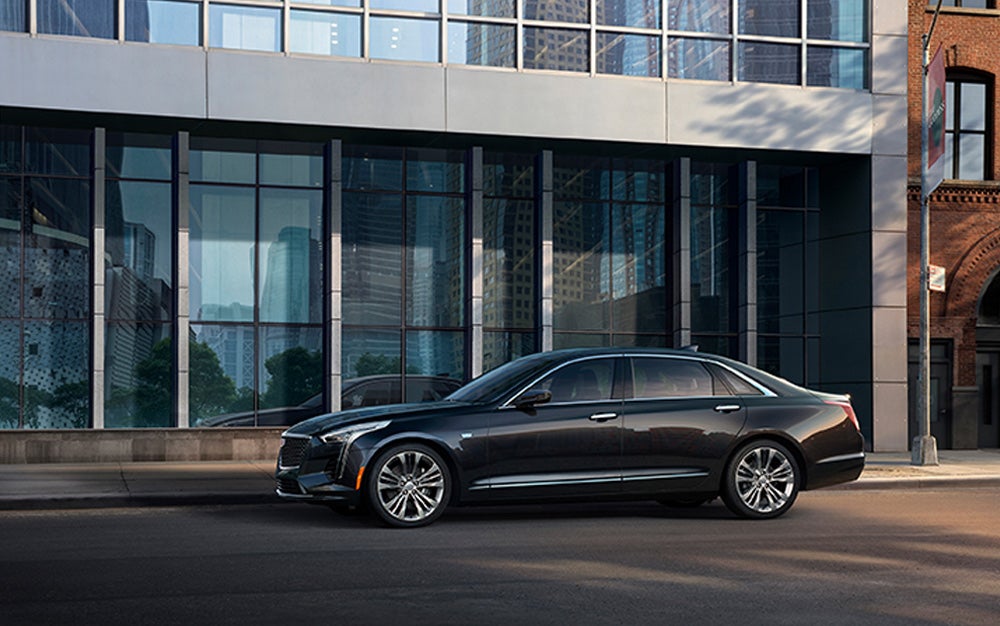
Super Cruise by Cadillac
Super Cruise is, simply put, the best semi-autonomous driving mode out there. Available on the 2018 CT6 and later, it's the first system that lets you keep your hands off the wheel for extended periods, as long as your eyes stay on the road. The camera-and-radar-based system monitors traffic and keeps clear of maneuvering cars, while an internal lens monitors your gaze to ensure you're paying attention. If your mind wanders—or the car requires you to take over for any reason—it'll alert you to re-engage.
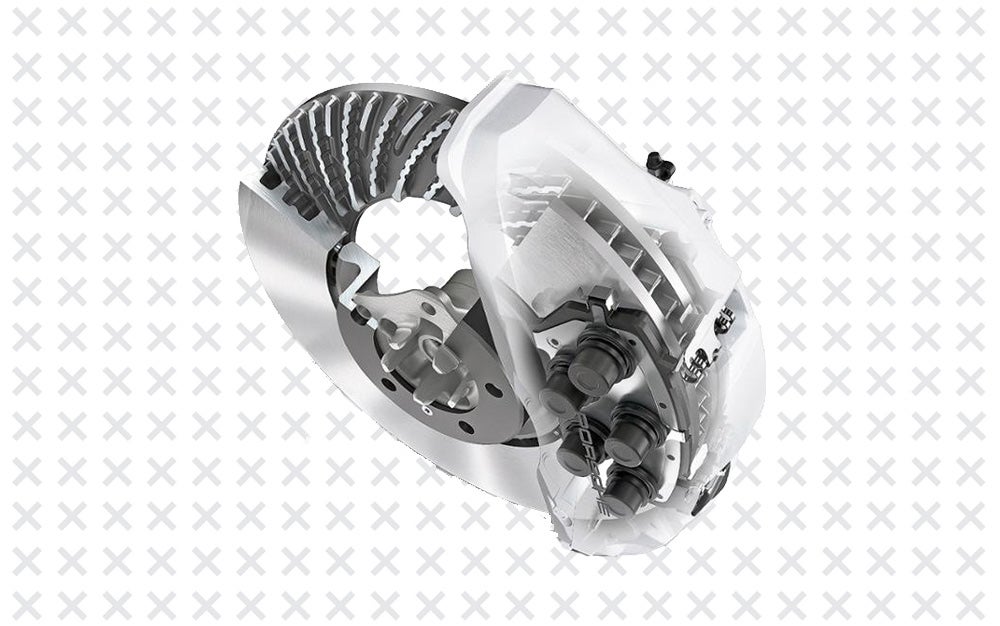
Surface Coated Brake (PSCB) by Porsche
Carbon-ceramic disc brakes deliver the ultimate in stopping power, but holy guacamole are they expensive. This latest tech from Porsche delivers a middle ground: better-but-not-quite-race-leading performance at less than half the price ($3,490, if you're counting). The key is an ultra-hard 0.1-mm tungsten-carbide coating over an iron disc. The tungsten brakes generate 90 percent less dust—ending the eternal bane of Sunday-morning wheel scrubbers everywhere—have a 30-percent longer service life than conventional brakes, and offer increased friction for better control. Bonus: The discs acquire a slick mirror-finish as the miles accumulate.
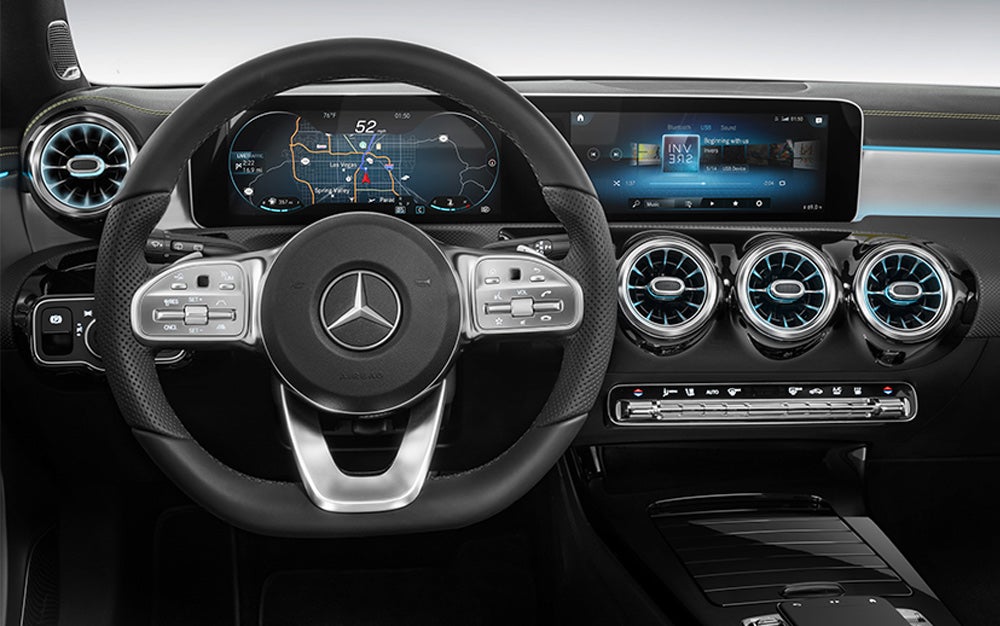
MBUX by Mercedes-Benz
Truly good infotainment systems are rare, but this one from Mercedes sets a standard. MBUX, which debuts in the new A-Class sedan, uses artificial intelligence—trained over countless hours studying human language and behavior patterns—to learn the driver's preferences and understand the specific way they talk. Instead of some dinky cheap chip, the Benz relies on a six-core Nvidia processor and an Nvidia Parker 128 graphics card to ensure screen touches and swipes are instantaneous and precise. Maybe now you won't just prop your phone up in front of the nav system's screen.
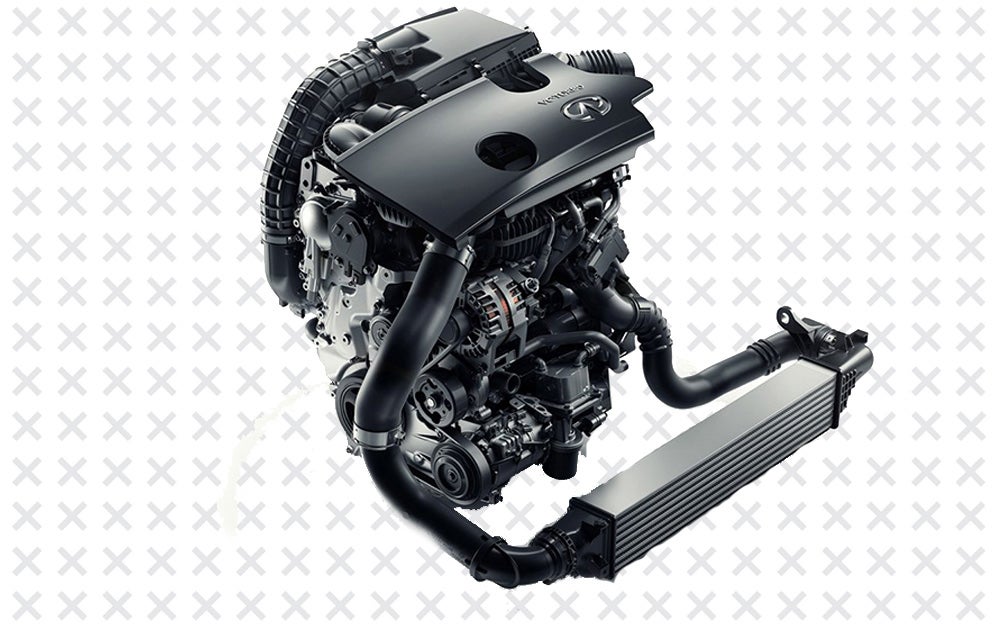
QX50 Variable Compression Turbo Engine by Infiniti
Compression ratio—how hard the pistons squeeze the mix of air and fuel in your cylinders—is one of an engine's defining characteristics. High compression delivers that kick off the line or the ability to pull a heavy load from a standstill. But you don't always need that much power. Gearheads have dreamed of tweaking compression since internal combustion first roared to life, and Infiniti's engineers have spent two decades on the problem. They finally nailed it. Their solution: Adjust the reach of the pistons within the cylinders via linkages on the connecting rods and crankshafts that drive the pistons up and down. When the car's computer calls for performance, the pistons travel farther up the cylinders and create higher compression. If the system doesn't need the extra oomph, it holds the pistons back, saving fuel. The result: compression ratios that can nearly double when you need extra power, generating up 268 horsepower and 288 pound-feet of torque.
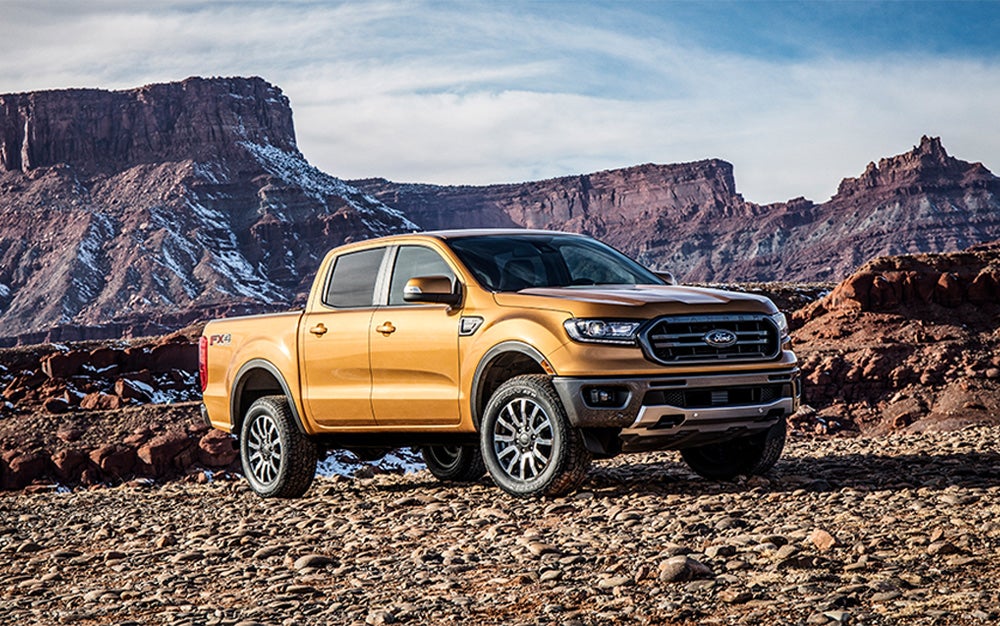
2019 Ranger by Ford
We'd be crazy about the reborn Ford Ranger—the first new U.S. model since 2011—just for the fact that it's an affordable, compact pickup available stateside. (Europe gets all the cool, small haulers!) But this truck gets even better, packing a fuel-efficient 4-cylinder engine similar to the one you'll find in the new Mustang, as well as automatic emergency braking standard on all trim levels. The tech suite doesn't end there: On the XLT and Lariat trim packages, blind-spot monitoring can keep tabs on whatever you're towing, and its lane-departure warning will ease your transition into Truck Life.
![]()
Formula E Battery Pack by McLaren Applied Technologies
Formula E, now in its fourth season, will gets a major upgrade this December: a new battery pack. So what? Well, previous packs couldn't last an entire 50-minute race, so pitstops involved drivers getting out of their cars and hopping into fully charged rides. This looks, erm, awkward, and it's kept a lot of major teams from entering the racing series; they didn't want to be associated with an electric car that couldn't go the distance. The new 54-kilowatt-hour packs (almost twice as powerful as the old ones) use a top-secret (it is racing, after all) cooling system that keeps them below 167 degrees Fahrenheit, the temperature threshold beyond which the cells would begin to break down.

Home
Because we rely on home products for the intimate and urgent matters of our everyday lives, we need these staples to serve us well. A true innovation for the house should either work better than its predecessor (Post-it's super-strong sticky notes or Milwaukee's cordless saw that outperforms the wireless kind) or fulfill a need we didn't realize we had (keeping our coffee at the perfect temperature or instantly detecting plumbing leaks).
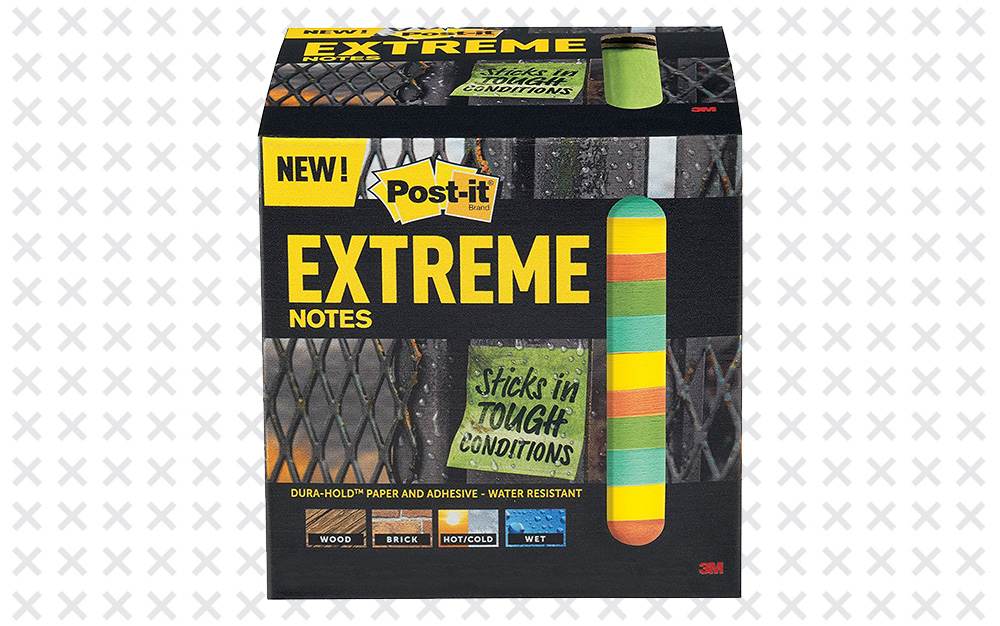
Post-it Extreme Notes by 3M
Grand Award Winner Unshakeable stickies
3M's new Post-it Extreme Notes can cling to the surface of rough materials such as plywood and concrete. That's thanks to a new adhesive made of tiny spheres, which give the glue extra stretch to better conform to uneven surfaces. The goo gets added help from flexible paper that's coated with polymer layers, which make the notes water-resistant—and also more durable and less prone to smudging than plain stickies. Samples we tested stayed firmly stuck to a house's exterior walls and windows, Tupperware in a freezer, and even a canvas cooler bag whose handles constantly tugged on the note. 3M
Check Price
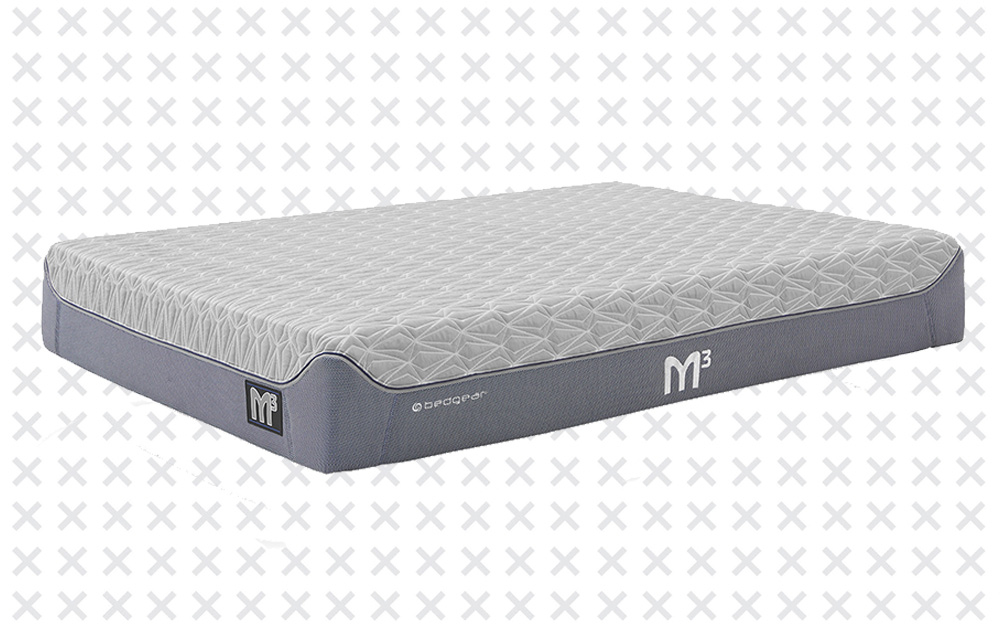
M3 Mattress by Bedgear
The first modular mattress
The modular components of Bedgear's M3 mattress—a chassis, springs that fit into it, a foam pad, and a cover—literally zip together so you can customize every part. New slumber buddy have back trouble? Swap in stiffer springs on their side to give them more support. The summer heat make you sweaty? Zip on a warmth-deflecting cover (Bedgear is developing cotton- and wool-based ones for chilly weather). The chassis also has ventilated panels to keep air flowing—without letting in allergens like dust mites. Bedgear
Check Price

Sidekick Grill Accessory by Camp Chef
Smoke and grill simultaneously
When you're smoking a slab of bacon on a pellet grill, the meat can monopolize your cooking surface for hours. To keep preparing the rest of your meal while you wait, hook Camp Chef's Sidekick onto the larger appliance as a bonus cooker. Its propane-fueled aluminum burner can produce 30,000 BTU to cook your food. Don't limit yourself to the griddle that comes with the accessory: You can purchase additional options—such as a pizza oven or small-but-conventional grill—to sear, bake, and boil as well. Camp Chef
Check Price
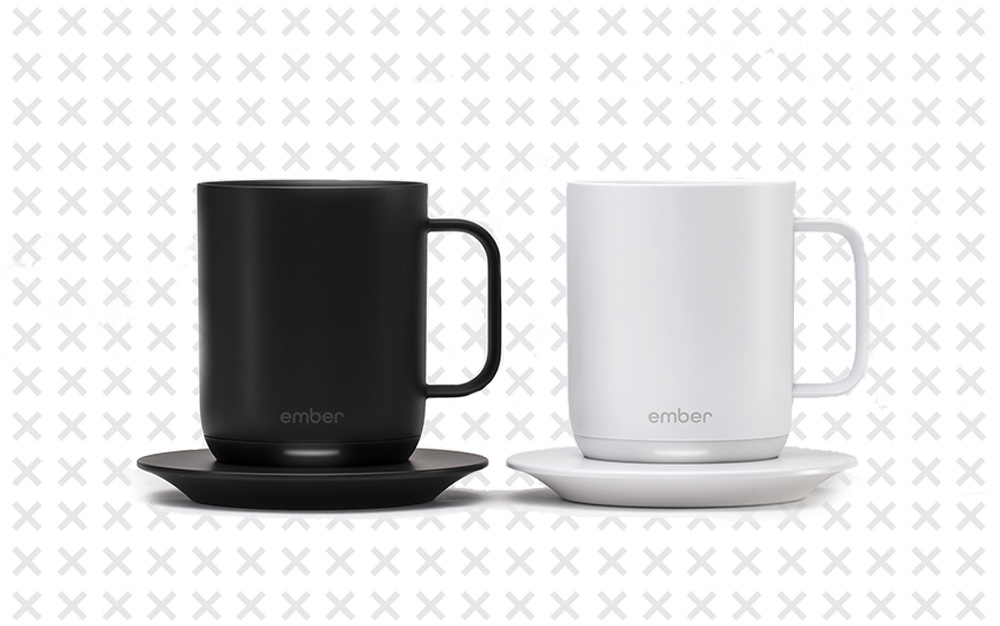
Ceramic Mug by Ember
Climate control for your coffee
Plenty of thermoses will insulate your drink, helping it stay hot or cold a little longer. Ember pioneered a ceramic mug that brings your java to the exact temperature you want, and keeps it there indefinitely—with a little help from a 'coaster' that's also a charging pad. That nice-feeling ceramic is actually a coating that covers stainless-steel walls lined with thermometers and electronics, all powered by a battery in the base of the cup. You set the temperature via an app, which notifies you when the beverage hits just the right level. Ember
Check Price

Flo by Flo Technologies
Quick detection for hidden leaks
The sooner you detect and fix a hidden leak in your plumbing, the better off your house will be. So slap Flo on your main water supply line. Its sensors monitor your home's H2O flow, pressure, and temperature, looking for changes that indicate the system might have sprung a pinhole leak. When it spots a problem, the connected device pings your phone so you can call the plumber early. If Flo detects a major issue, you can use the app to remotely shut off the water. Flo Technologies
Check Price

Easy Change 30-Second Oil Change System by John Deere
To make any engine live longer, you need to regularly change its oil. Still, when it comes to ride-on lawn mowers, many people avoid the messy and time-consuming process. John Deere's Easy Change 30-Second Oil Change System takes away those excuses, allowing people to replace both oil and filter by tidily snapping in a new cartridge that contains both. When we tried out the system, making the swap really did take just 30 seconds.

Dual Inverter Air Conditioner by LG
Finally, a quiet air conditioner
Air conditioners are noisy energy guzzlers. They run on alternating current, which means the compressor—and its loud churn—can only be either on or off. The Dual Inverter runs on direct current, which can vary the amount of power going to the chiller and better control its speed. This smooth variation keeps noise levels down to about 44 decibels (that's library levels) and allows the machine to use 25 to 40 percent less energy than ACs of similar power. LG
Check Price
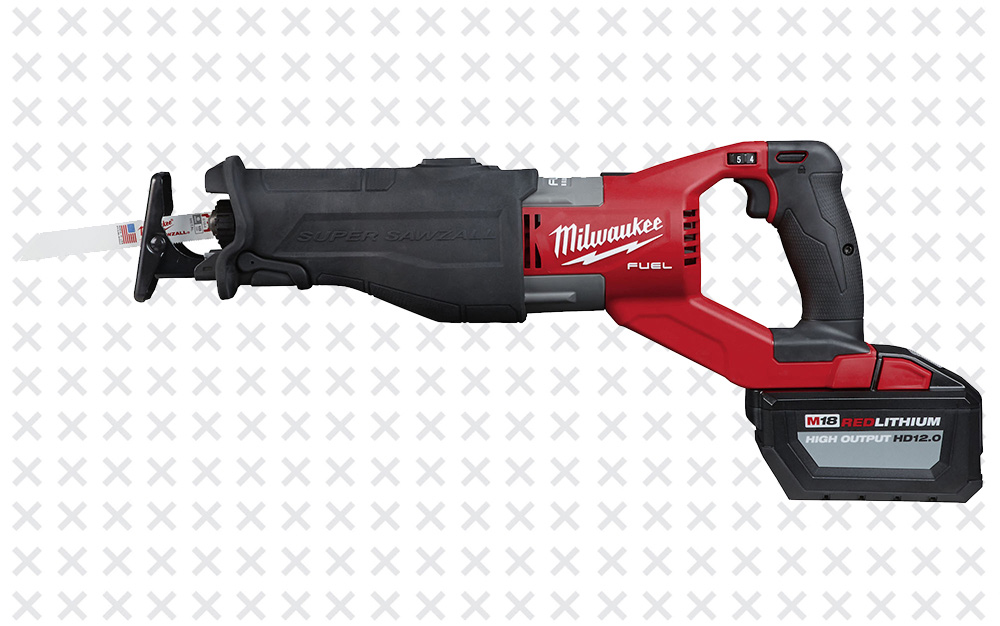
M18 FUEL Super Sawzall by Milwaukee
A cordless saw that out-cuts the rest
Milwaukee's corded Sawzall is the go-to reciprocating slicer for chewing through multi-layer wooden doors, 5-inch iron pipes, and other hardy materials. Now a cord-free version, the M18 Fuel Super Sawzall, cuts even faster than the original (3,000 strokes per minute versus 2,800). The lithium-ion battery pack can fuel up to 150 cuts per charge and runs 50 percent cooler than its predecessor. The company's hush-hush about exactly how it achieved these gains, but the saw's motor, battery, and electronics—everything down to the magnets in the motor and the total amount of copper—got a complete overhaul. Milwaukee Tool
Check Price

24" Front Load Washer with QuickDrive by Samsung
A washing machine with QuickDrive reduces cleaning time by up to 35 percent compared to standard Samsung models, so it consumes 20 percent less energy. A back plate helps to account for the speed: It and the main drum move independently, churning laundry in four directions (backward, forward, up, and down) instead of the usual two. The washer also mixes detergent with air and water to froth up a foam that more quickly disperses through fabrics. Beyond hastening cleaning, this lets cold water clean as well as hot does.

Smart Microgarden by SproutsIO
The best garden for black thumbs
When you plant root veggies, leafy greens, or fruit in the SproutsIO soil-free indoor smart garden, it will create the ideal environment to grow your chosen crop. Pre-programmed 'recipes' automatically tailor the amount of water, nutrients, and light. You can also tweak these parameters to, say, modify the sweetness of your tomatoes. Thanks to this high level of control, the device uses two percent of the water that traditional outdoor gardens do, while encouraging plants to grow up to three times faster. SproutsIO
Check Price

Security
There are no tanks or firetrucks or massive surveillance initiatives among the items we've dubbed the best security innovations of 2018. That's because safety happens by the inch, through a relentless effort to stop the simple vulnerabilities that can lead to major threats—on our doorsteps, overseas, and in our streets. Our honorees down malicious drones without risking collateral damage, help military vehicles transverse tough terrain, offer new ways for police to capture fleeing assailants, and prevent porch pirates from nabbing our packages. Even our old friend the combination lock got a snoop-stopping upgrade. All the better to protect us with, my dears.
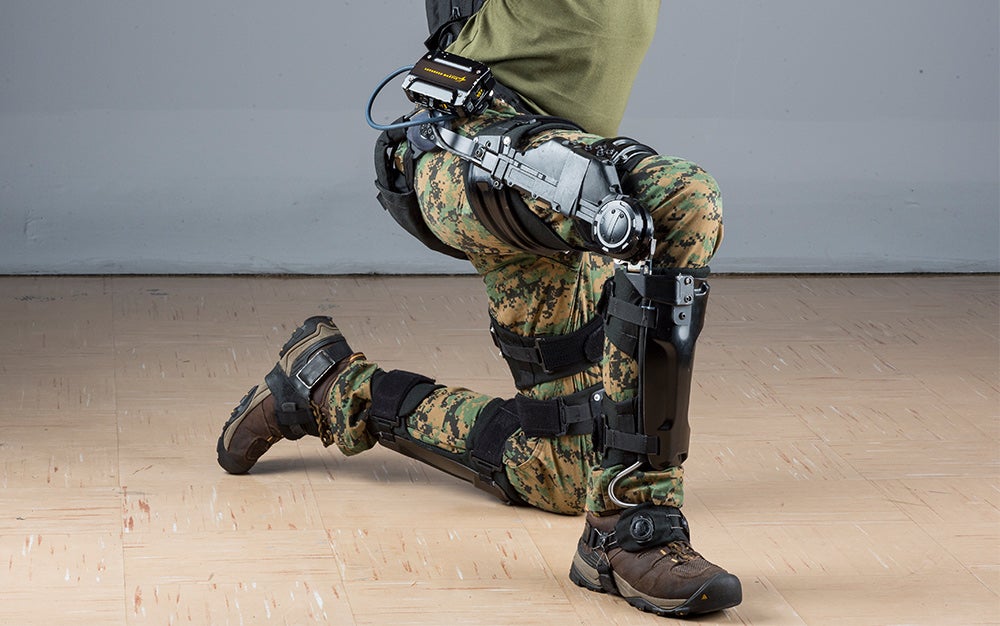
Onyx exoskeleton by Lockheed Martin
A tired soldier is a target—for both injury and attack. Hauling 100-plus pounds of gear, climbing rough terrain, and coping with heat, cold, or damp leads to fatigue and compromises readiness. When strapped to a trooper's hips, the Onyx powered exoskeleton can double their fortitude. Onboard processors crunch inputs from accelerometers throughout the frame to analyze a person's stride and direction of movement; the controller then activates motors at the wearer's knees for an assist. The battery-powered skeleton might not make servicepeople any stronger, but it will help them last longer. In trials, a user donning the Onyx could do 72 squats under a 185-pound load; without it, they could muster only 26.
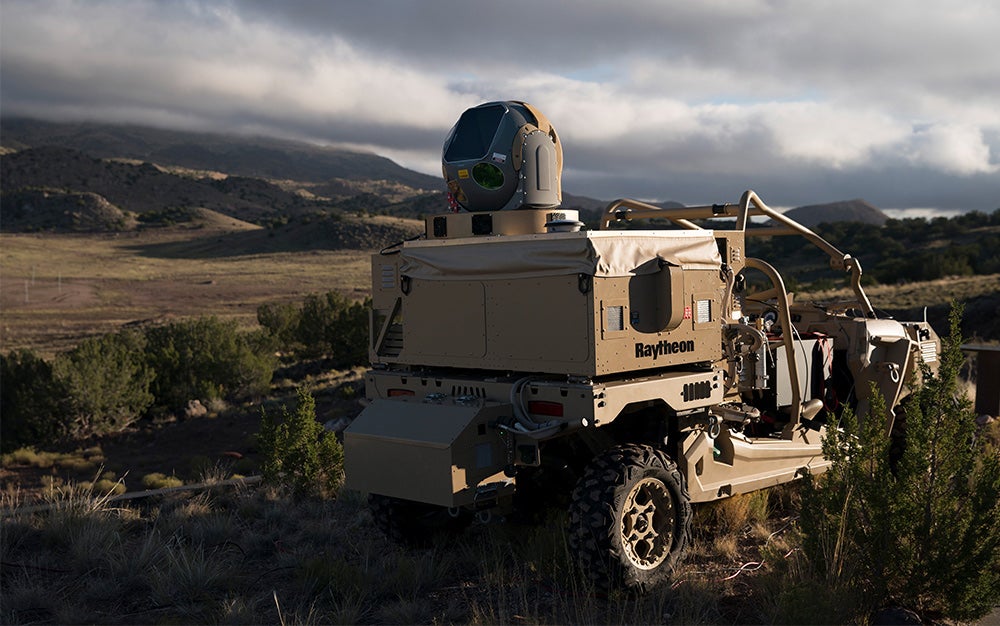
High Energy Laser Weapon System by Raytheon
An enemy can easily outfit a basic consumer drone to be a spying or bomb-toting weapon of war. But soldiers could soon zap them out of the sky with the HELWS MRZR laser-shooting dune buggy. Once a human operator confirms a target, a fiber-optic electric laser emits a controlled beam that instantly fries the intruder. A single battery charge can provide up to 30 blasts—although, with an electrical hookup, the magazine lasts forever. Raytheon mounted the current system on a Polaris ATV. We like to call it Quadzilla.
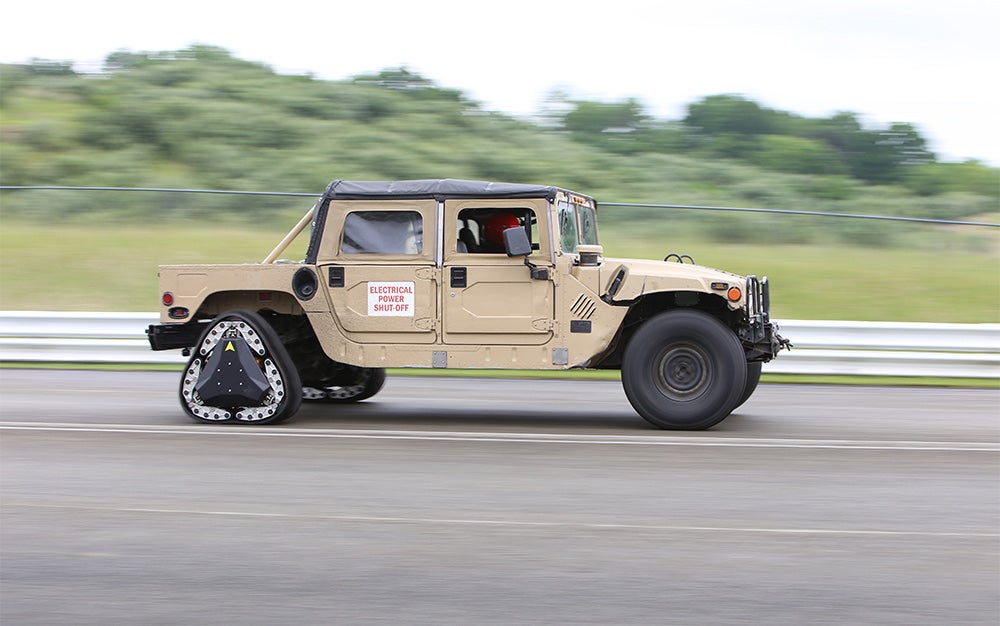
Reconfigurable wheel track by Darpa & Carnegie Mellon
Military ground vehicles don't cruise highways. So Carnegie Mellon engineers developed a wheel that converts from a conventional circle (for hard, flat surfaces) into a triangular tank tread (for sand, gravel, and other uneven terrain), and vice versa. The driver can trigger the change while the vehicle's in motion and for all, or just some, of the rims. Spokes inside the wheel push its frame from a circular to a triangular shape. At the same time, a brake stops the circle from spinning and engages a set of gears that drive the tank treads. In either direction, the shape-shift takes less than two seconds.
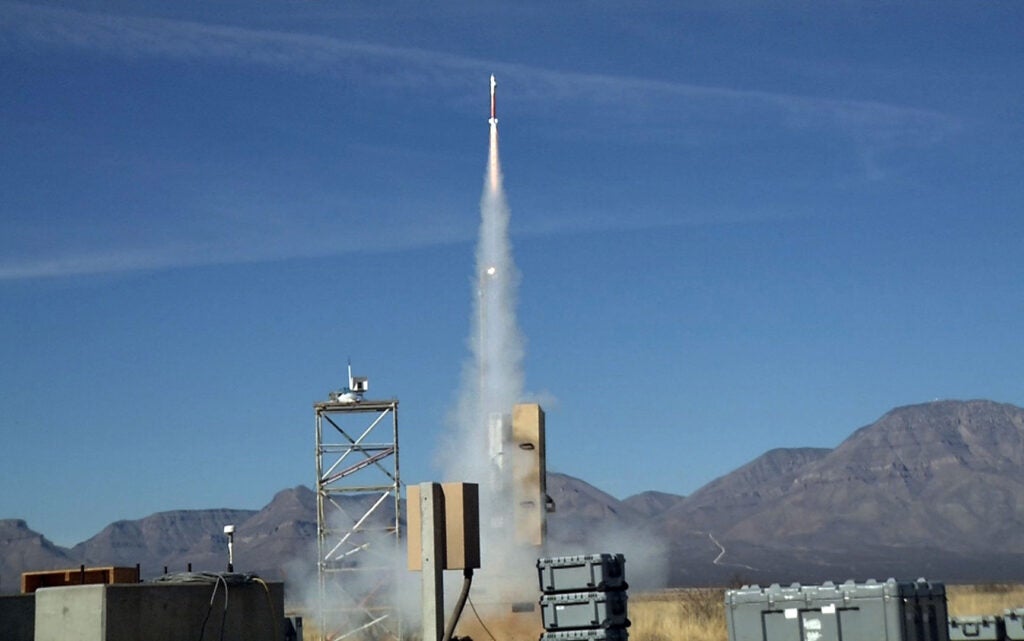
Miniature Hit-to-Kill Interceptor by Lockheed Martin
Protecting bases and civilians in combat zones typically involves firing explosives at incoming rockets and mortars, which risks significant collateral damage from the airborne blasts. Rather than exploding near its target, the Miniature Hit-to-Kill missile physically whacks it out of the sky. After ground-based radar IDs a threat, a tracking system on the 2.5-foot-long, five-pound missiles takes over. The projectile monitors its victim with radio signals that it converts into light for processing—a technique that Lockheed borrowed from medical-imaging tech like x-rays. The project earned a U.S. Army contract in June; once deployed, dozens of the missiles could fit on one truck-mounted launcher.
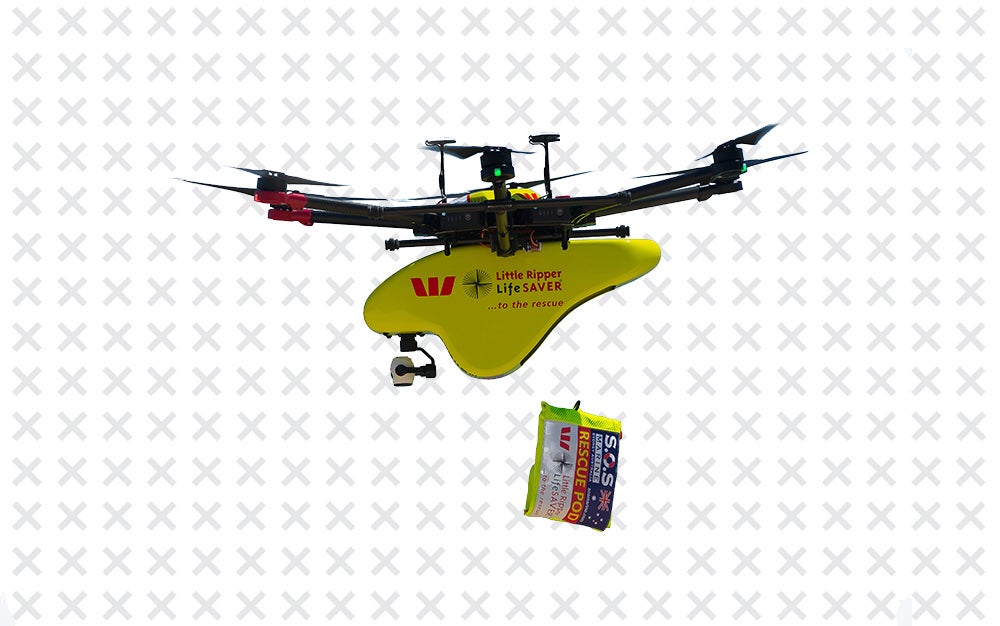
Westpac Little Ripper Lifesaver Drone by The Ripper Group
This past January, two teenagers caught in a riptide off the coast of Australia had a world's-first rescuer: a drone. In just 70 seconds, the remote-piloted Little Ripper flew more than 3,200 feet to their location, dropped a pod containing a self-inflating floatation device, and hovered over the pair to mark their location as they swam to shore. Versions of the rescue pods for land and snow include thermal blankets, beacons, radios, and mobile defibrillators. The 3.2-foot drone's HD camera also uses its artificial intelligence, co-developed with the University of Technology-Sydney, to distinguish sharks from other marine animals and alert swimmers to lurking biters.

Magnification Combination Padlock by Master Lock
Digit-masking lock
Conventional locks can leave secret codes exposed to spying locker mates, so the Magnification Combination Padlock puts the numbers behind a clear, curved lens. Askance, the slope of the polycarbonate warps the dial so that snoopers can't spy your digits. Straight on, it magnifies the font underneath from the equivalent of a 20-point typeface to a 28-pointer—making the numbers easier to see through your post-workout sweat haze. Master Lock Company
Check Price
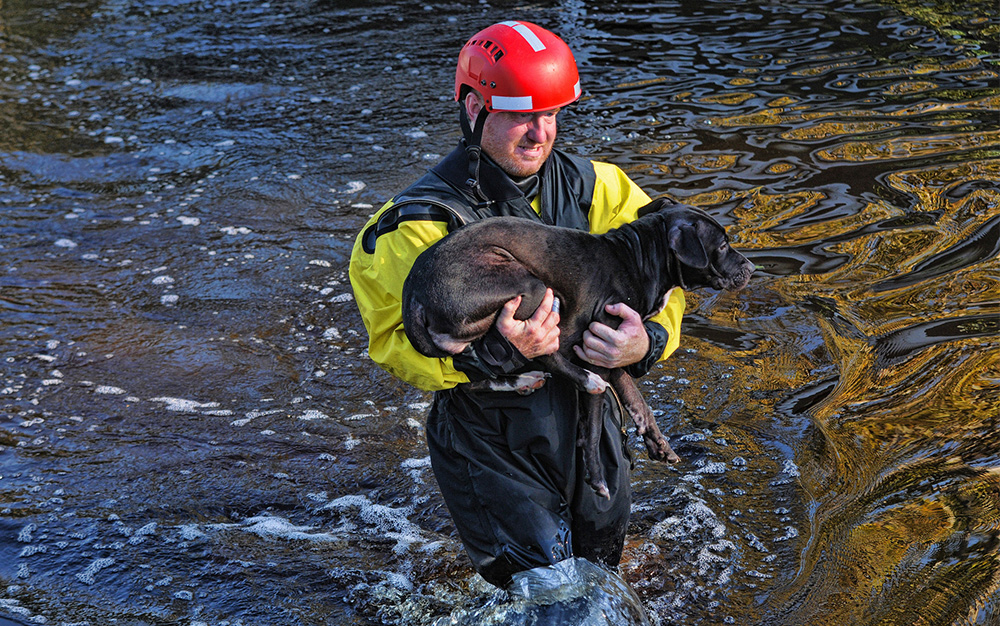
FirstNet by First Responder Network Authority & AT&T
Ambulances, fire trucks, and police cruisers can turn on their sirens to cut through traffic in an emergency, but the first responders' phones can still get jammed up. A FirstNet SIM card gives them the equivalent of flashing lights on a mobile network. Rolled out this year on AT&T towers, the system puts messages and calls from registered responders on a dedicated (and uncrowded) band of the wireless spectrum. If someone's outside the range of the approximately 2,500 upgraded towers (the final project will cover 99 percent of the U.S.), their FirstNet SIM sends a message to the LTE network to prioritize its signal over other civilians.
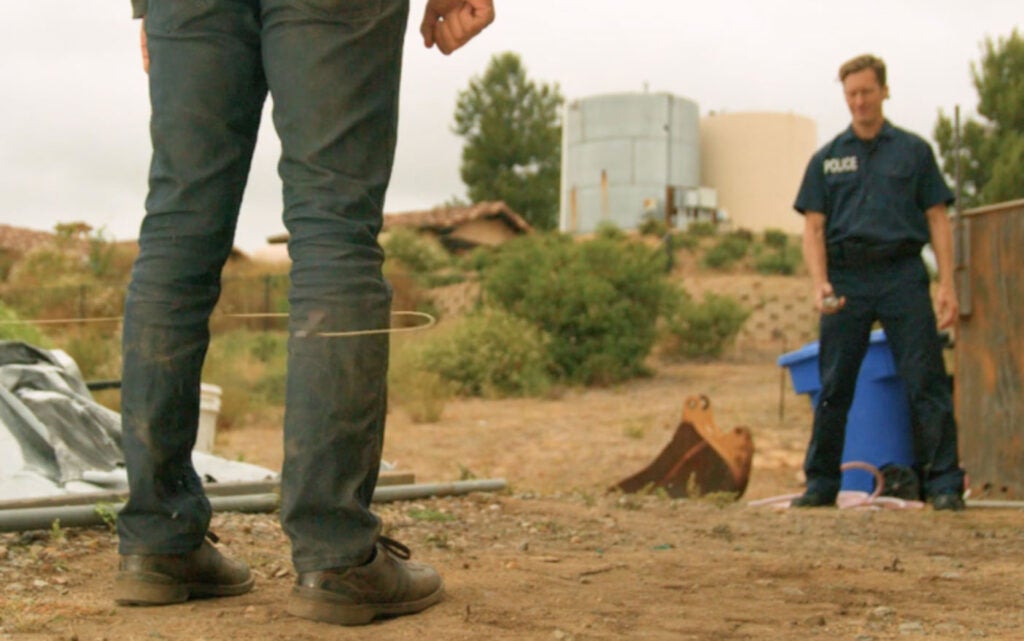
BolaWrap 100 by Wrap Technologies
When police need to stop a suspect, they reach for electrified Tasers or resort to tackling. BolaWrap is a nonlethal and non-injuring tool to snare potential perps. The handheld device, based on the throwing weapon slung by South American gauchos, shoots an 7.7-foot-long Kevlar tether anywhere from 10 to 25 feet. The whip wraps around a suspect's legs two to three times—depending on their size—and two barbed pellets anchor themselves to clothing. Cops can load a new cartridge in seconds.
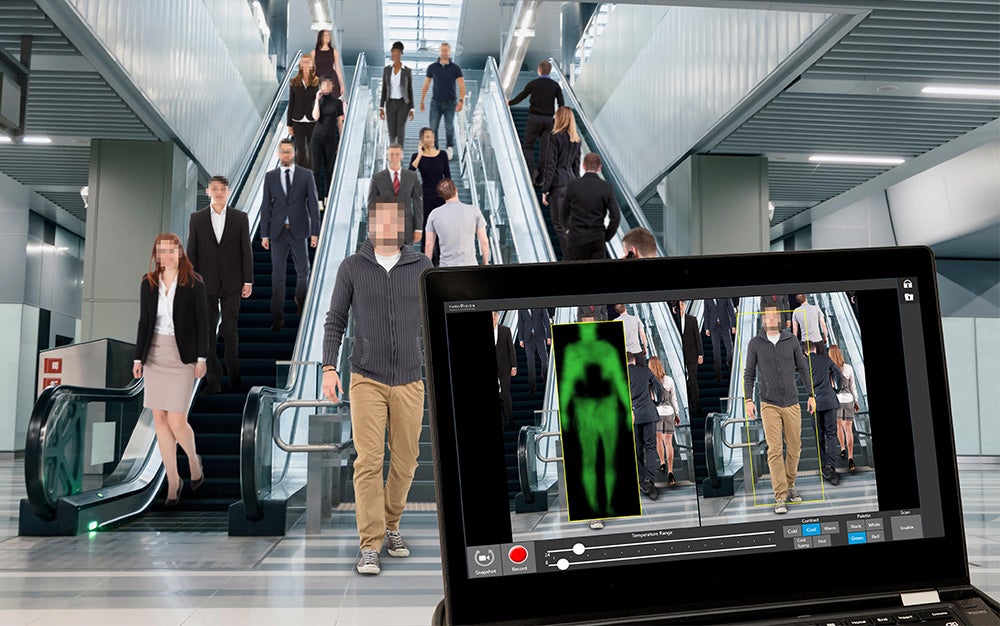
TAC-TS4 by Thruvision
Mass-transit systems are major terror targets, but the notion of passing through airport-style checkpoints to hop on a subway appeals to exactly no one. That's why the Los Angeles metro is the first U.S. agency to adopt the TAC-TS4 screening system, which spots explosives or weapons tucked beneath clothing from as far as 13 feet away. The camera detects terahertz waves—naturally occurring frequencies that warm bodies emit—and IDs spots where recognizable shapes like guns block them. Officers see where a person might have hidden the contraband on a connected laptop. The TSA-approved setup can screen 2,000 riders an hour.

Amazon Key by Amazon
The Amazon Key service lets couriers deposit goods away from unsecured porches and stoops—hopefully saving the 31 percent of packages shoppers report nabbed per year. Homeowners start by installing an Amazon-approved smart lock and security camera. When a delivery person arrives, they confirm their location on their phone, which then signals the Key service to unlock the door. They slip the package inside, and the door locks behind them. For peace of mind, the camera records the whole transaction. A similar setup on connected cars from GM and Volvo lets couriers pop (then lock) the trunk.

Entertainment
All the gadgets on our Best of What's New list are groundbreaking, but they can't all be fun. The lineup of innovations in entertainment, however, boasts more good-time gear than Infinity War had super heroes. This year's winners include a pro-grade HDTV, speakers that double as modern art, and an ill-fated movie subscription service that shifted the way people go to the theater. But the star of 2018 was gaming. This year, we witnessed a game shatter platform barriers and a cardboard controller kit transform into a steering wheel we could use to dominate the lap times of our little ones.

Fortnite by Epic Games
Grand Award Winner The game that broke down platform barriers
In August, 78.3 million people logged into Fortnite's cartoonish landscape—peppered with rideable golf carts and coveted treasure chests—to try and pummel friends or strangers in a last-player-standing battle royale. The game set the record for most concurrent players (8.3 million) and game-streaming eyeballs on Twitch (1.46 million). Those are in part thanks to the fact that the game is the first available to every tribe within the button-mashing clan: high-end PC gamers, console devotees, and mobile-phone tappers. To bring everyone together, developer Epic Games orchestrated massive in-game events, like a rift appearing in the sky or the arrival of a massive and mysterious cube, that help the game transcend whatever screen it's on. Epic Games
Check Price

Master Series A9F TV by Sony
A TV that doesn't compress your content
Lots of important data gets lost as the moving image makes the long journey from the high-end reference monitors in professional editing suites to the television in your home. Sony's Master Series TVs use a dedicated picture processing chip called the X1 Ultimate to cut down on image degradation typically associated with encoding and decoding flicks. The processor analyzes objects on the OLED screen on a frame-by-frame basis and tweaks sharpness and color settings. The silicon is powerful enough to drive future 8K TVs, which will push the resolution limits of your puny human eyeballs. Sony
Check Price
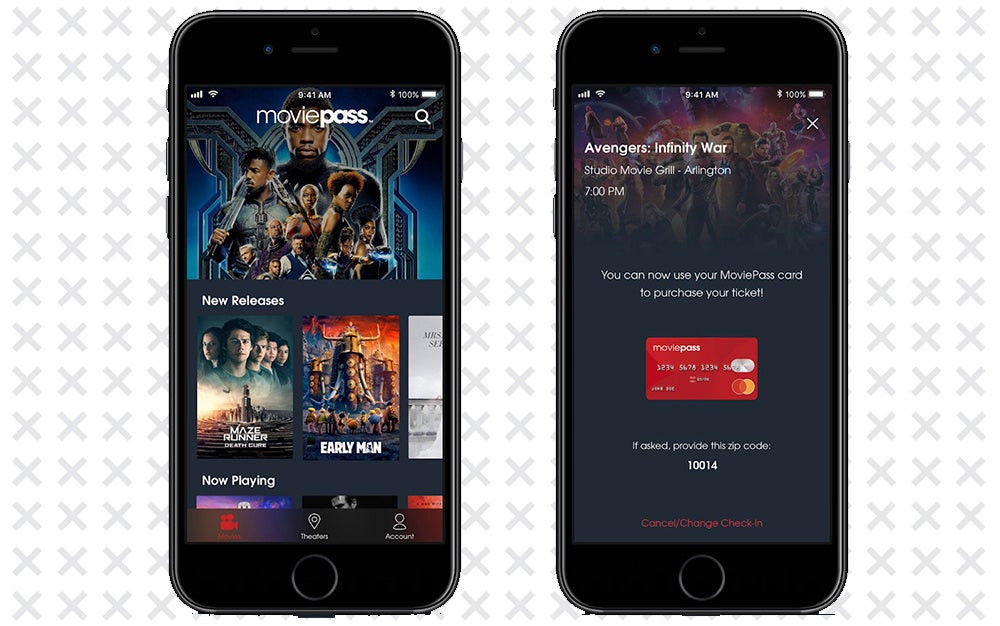
The death of MoviePass
By almost every account, MoviePass is a wreck. A slow-motion, venture-capital-funded catastrophe that promised users unlimited movies for $10 per month, then quickly started piling on caveats: limited film selections, no repeat viewings, one movie per week. MoviePass, a ghost of what it once was, is still barely hanging on, but, if nothing else, it proved the model for similar subscription services that popped up in its wake. In June, for instance, theater chain AMC launched Stubs A-List, through which moviegoers can see three flicks per week for a $20 monthly fee.

Labo by Nintendo
The STEM toy/video game mashup
Most build-it-yourself engineering kits are project-based: fun to put together, but the finished product makes for better decoration than it does a toy. Not so with Nintendo's Labo cardboard construction kit, which works around the Joy Con controllers for its Switch console. Simple cutouts convert humdrum gamepads into any one of dozens of mods, including a robot, a piano, and a fishing pole. Kids follow the build on the Switch's 6.2-inch screen, and then use their creations to play mini games, such as a racing sim for the steering wheel kit. Nintendo
Check Price
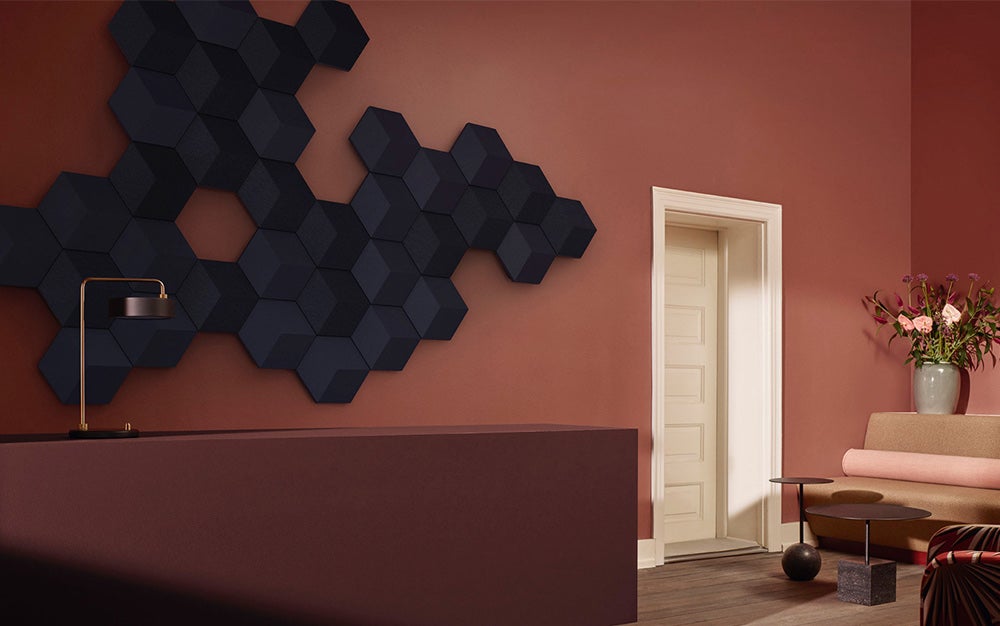
BeoSound Shape by Bang & Olufsen
B&O's modular speakers are like sculptures that can pump "Piano Man" into your room. Each 14-inch tile in the custom wall installation hides a piece of a high-fidelity wireless audio system behind a fabric cover. There are speakers, amplifiers, and acoustic damper tiles. Systems can include up to 44 speakers and 11 amplifiers, which is enough sound to fill a living room the size of gymnasium. All the gear takes its commands from a hub that's equipped with an auxiliary line-in and an ethernet port for streaming.

Xbox Adaptive Controller by Microsoft
The video game controller for everyone
Modern video game controllers are loaded with buttons and sticks that don't work for every player. The Xbox Adaptive Controller, however, has a USB-C port and 19 3.5-millimeter, headphone-style connectors for attaching external devices that dramatically increase the pad's accessibility. Each port lets players map specific controller functions to accessories that enable gamers with different physical abilities to play. For instance, users with limited hand and arm mobility could plug in a large joystick to handle movements and use a foot pad as the trigger. It can also pair with a standard Xbox One controller, so a co-pilot can play at the same time, making any game accessible to players of all capabilities. Microsoft
Check Price
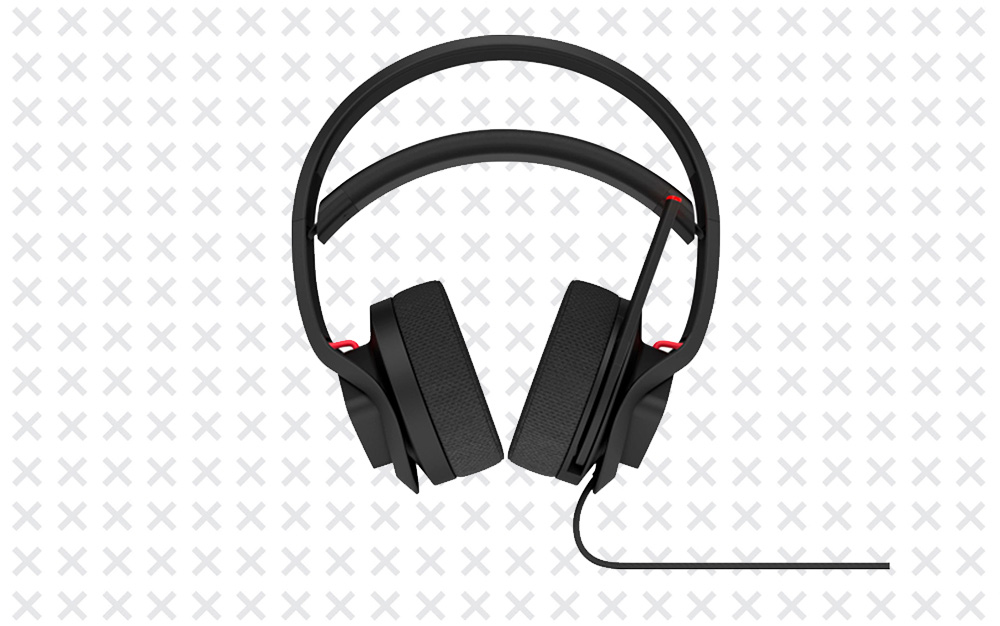
Omen Mindframe Headphones by HP
Headphones with a built-in cooling system
The 7.1-channel virtual surround sound in these HP over-the-ear cans is fairly standard for a high-end gaming headset, but there's more going on in this pair of cups: Each one has a thermoelectric device inside that cools the speaker grill plates to pull heat away from your ears during marathon sessions. A gaming marathon should leave your t-shirt stained with Mountain Dew, not ear sweat. HP
Check Price

G Pro Wireless Gaming Mouse by Logitech
The mouse that secretly won an e-sports championship
At the finals of the inaugural Overwatch League e-sports season, the London Spitfire team was secretly wielding Logitech's ambidextrous gaming mouse. The peripheral's 16,000 dot-per-inch sensor is more than four times more sensitive than a typical wireless mouse and can track 400 inches of movement per second. That makes it well-suited for the super-twitchy actions pro gamers use during events, where fractions of a second can separate winning and losing. The e-sports equivalent of an all-carbon Tour de France bike, the mouse weighs just 2.8 ounces, which lets players flick it across the pad with almost no resistance or strain on their wrists. Logitech
Check Price

The Wall TV by Samsung
Typical flat-panel TVs are like big, rectangular quilts of pixels, locked into a consistent shape by manufacturing practices. Samsung built its Wall TV differently. The panels consist of clusters of individual MicroLEDs that tile together like puzzle pieces in whatever size and shape you want. An eight-foot TV in the shape of a Tetris piece? Your name spelled out in blocky text? You got it. The screens are rolling out to commercial customers like advertisers and retail stores, who want big, splashy displays. Since the sets will be out in the open, they're resistant to water, dust, and impact.
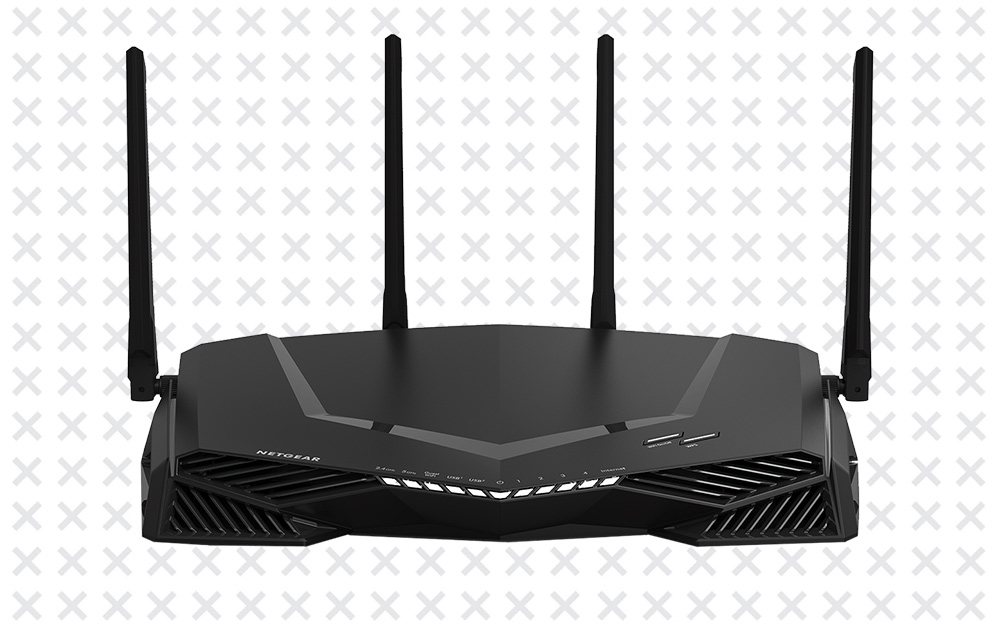
Nighthawk XR500 Pro Gaming Router by Netgear
A router that prioritizes game data
Milliseconds divide gaming winners from losers. Netgear's XR500 router helps competitors shave crippling lag time off their streams. The device detects the type of web traffic passing through and prioritizes data packets it knows are coming from PC or console games—over, say, YouTube videos. If you're willing to do some manual tweaking, it allows for changes like using a geo-filter to tap servers that are physically close to your location, which also speeds transfers. As streaming resolutions climb towards super-dense 8K content, this kind of prioritization will be crucial for maximizing overcrowded networks. Netgear
Check Price

RTX 2080 graphics card by NVIDIA
Hollywood effects for your video games
Immersive computer games are all about details: the way light moves through clouds, a subtle reflection on a car bumper. Conventional rendering technology—known as rasterization—struggles to make these flourishes pop. New graphics cards from Nvidia fill in those small-but-crucial gaps with a technique called ray tracing, which is common in Hollywood special effects but new to gaming. The RTX cards keep track of millions of individual light rays as they interact with objects in virtual 3D environments. As a result, a shiny surface like a puddle reflects light just like it would in real life. Games that support the scheme are still limited, but watch the explosions bounce off the eyeballs of the Battlefield V characters and it'll obvious that this is a new era for PC gaming. NVIDIA
Check Price

Recreation
The best gear gets out of your way. The items we bring with us outside—whether it's on the trail or to our backyard patios—should work so well we forget we're using them. The top shoes are the ones you don't think about at all, but that painlessly support your miles-long schlep through the woods. This year's best products in recreation—including a one-pound tent, a truly innovative sports bra, and a fire pit that keeps smoke out of your eyes—make our active lives more fun and comfortable.
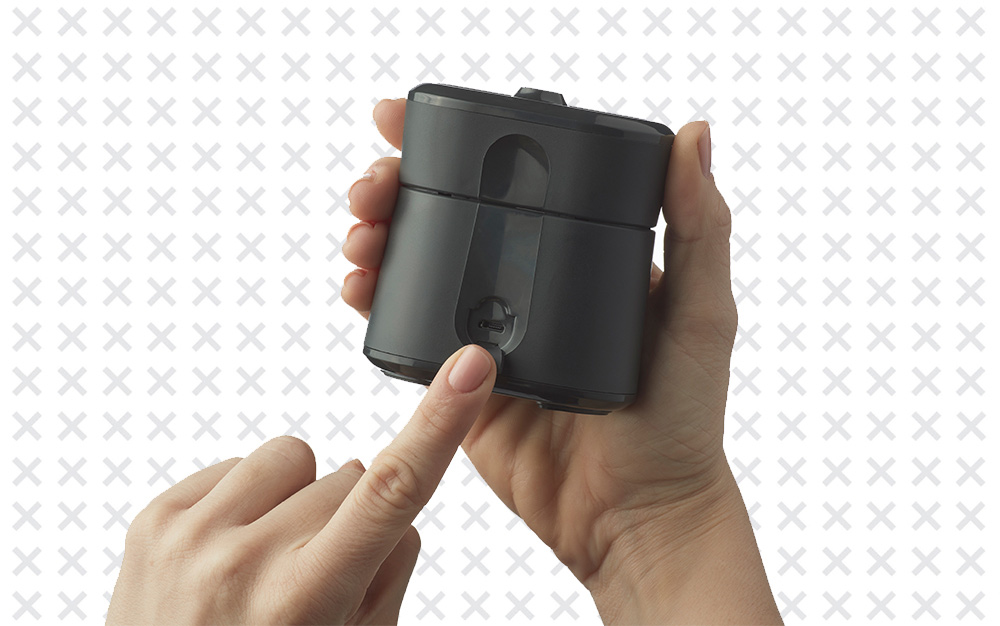
Radius Zone Mosquito Repellent by Thermacell
Grand Award Winner No stink, no flame, no bugs
Hanging out in your backyard means beers, barbecues—and bugs. In fact, by one estimate, parts of the United States could see above-average mosquito numbers this winter. Most options for keeping those flying menaces away can be unpleasant: Citronella candles produce a flame, which is hazardous during fire season and creates smoke. Butane-powered repellants burn fuel to keep the bugs away, so you can't bring them on an airplane. Thermacell's Radius Zone Mosquito Repellent deters the biters without combustion. In this 3.3-inch-tall device, a battery-powered heater warms a liquid containing metofluthrin, a synthetic mosquito-repelling chemical similar to one in chrysanthemums. Cranked up to 257 degrees Fahrenheit, the metofluthrin vaporizes, creating a 110-square-foot no-fly zone for skeeters. To keep the screen going, recharge the lithium-ion battery via USB every six hours or so—which you can do while the device is running. Replaceable metofluthrin cartridges last as long as 40 hours. Throw the whole small gizmo in your bag for your next out-of-state camping trip and enjoy staying bite-free. Thermacell
Check Price
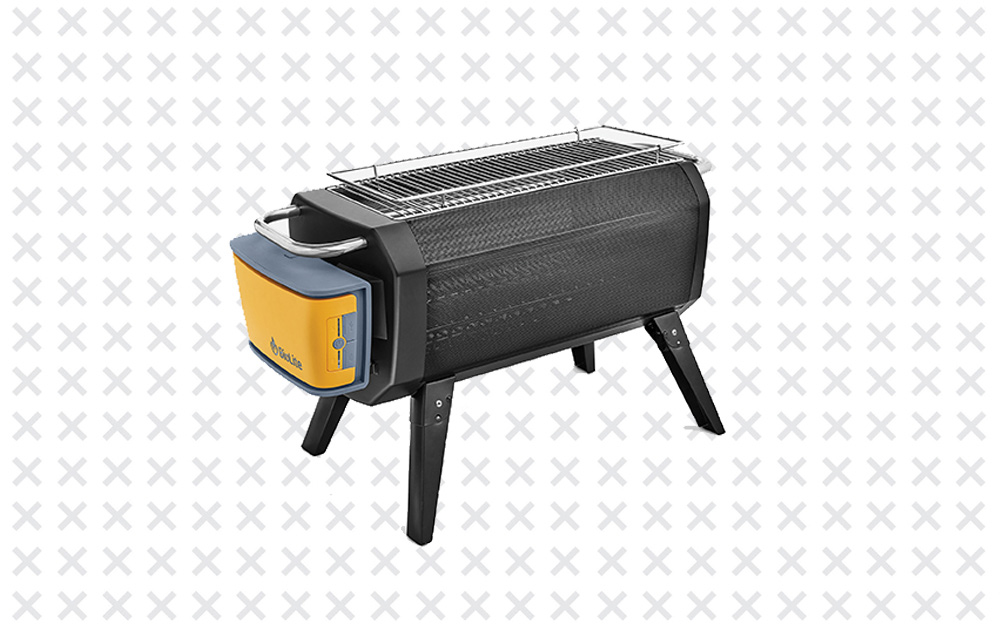
FirePit by BioLite
Low-smoke fire pit
Fires are fun; smoke in your eyes is not. The FirePit all-but eliminates that irritating plume. A battery-powered, 3-inch fan on the outside of the 2.25-foot-long metal grill pushes pressurized air down three interior stainless-steel tubes and out 51 jets. The engineered airflow means that the logs (or charcoal, if you're grilling) burn more efficiently, reducing smoke by about 80 percent. Control combustion speed and heat by adjusting the fan, which you can do with a button on the unit itself or via an app on a Bluetooth-connected phone. BioLite
Check Price
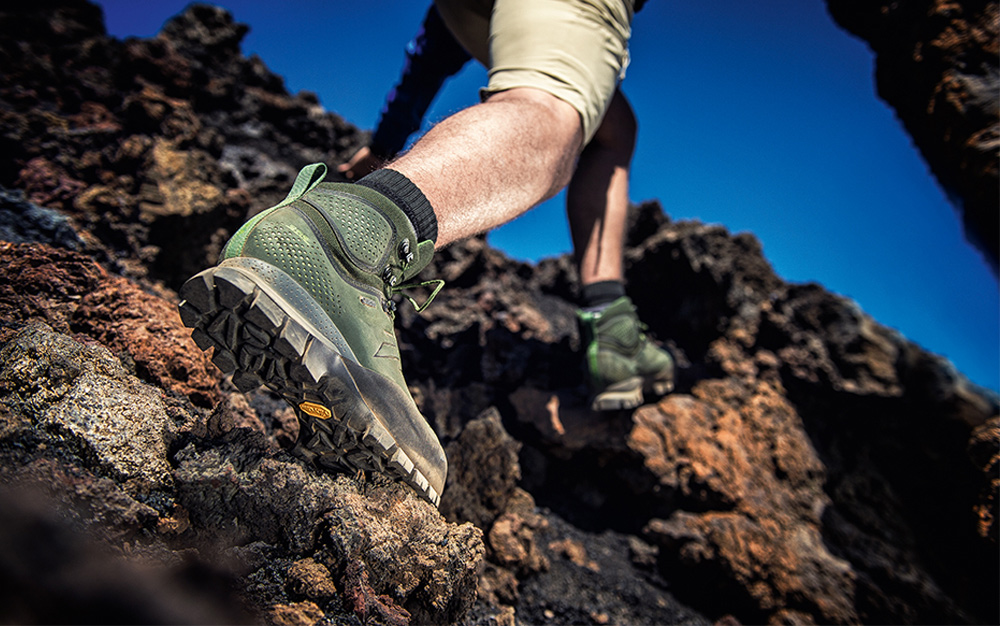
Forge boots by Tecnica
Custom-fit hiking boots while you wait
Hiking boots, like shoes, are usually mass produced: You find your size and hope the fit is comfy. But these trekking kicks are different. Tecnica designed the Forge with a moldable material called thermoplastic polyurethane in the footbeds and uppers, so an in-store technician can customize them to the shape of your paws in just 20 minutes. Heated to 180 degrees, the footbeds become more flexible. Then, with the insoles under your feet, the store tech applies an air-pressurized system that molds the material to you. They repeat the process with the uppers. The custom fit means fewer, if any, blisters on the trail. Tecnica
Check Price

Phantom by DPS
Ski 'wax' that lasts forever
Because traditional wax wears off, weekend skiers should polish their planks before taking to the mountains—and racers before every competition—to get the best speed and glide. But Phantom is a new formulation that can be applied once for the life of the skis. The proprietary liquid consists of short chains of fluorocarbons that, after at least two hours of outdoor UV exposure (or 40 minutes at a store), permanently bond with the polyethylene on the ski's bases. Skids with Phantom are faster than those with all-temperature waxes; only high-end, temperature-specific pro formulas still win out. Bonus: The liquid emits none of the fumes that waxes do, and it won't leave nasty chemicals behind to trickle into the water supply. DPS
Check Price
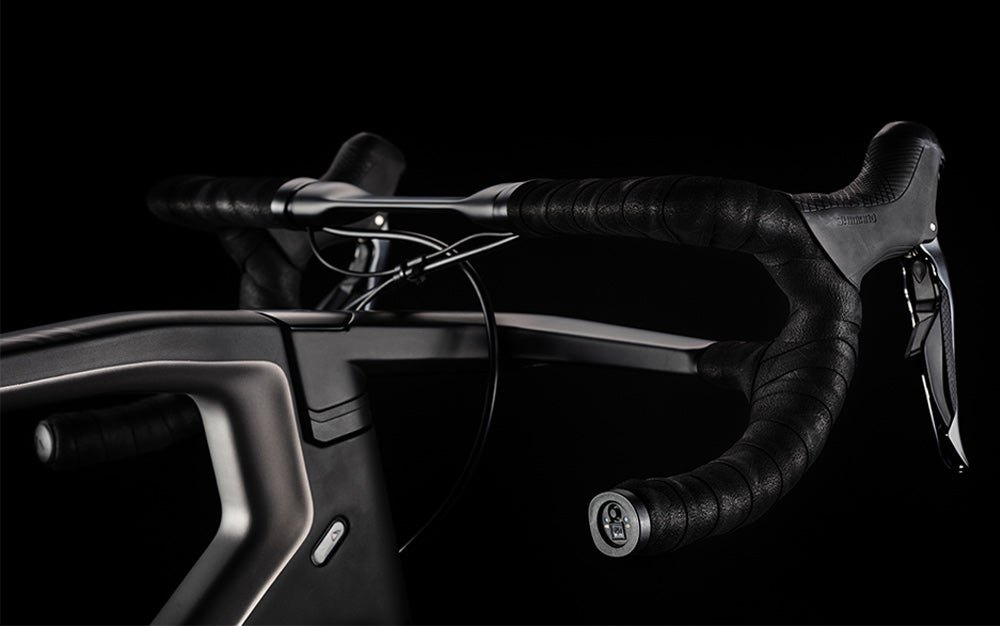
Grail bicycle by Canyon
Canyon designed its carbon-fiber Grail bike to make long trips over bumpy dirt or gravel roads more comfortable. The key is its double-decker handlebar. The company added an extra horizontal beam to the top of the handlebars, which provides a more comfortable arm position and allows the lower bar to absorb vibrations before they reach the rider's hands. Thanks to a leaf spring at its center, the additional structure flexes seven times more than typical ones do. The result is less arm fatigue during epic rides down dusty, earthen roads.

PureMove bra by Reebok
A motion-responsive sports bra
Sports bras have come a long way. In 1977, jogger Hinda Miller sewed together two jockstraps to create her own undergarment. Even today, finding a bra that supports the breasts without discomfort is a challenge. In fact, according to a 2015 study in the Journal of Physical Activity and Health, 17 percent of women avoid exercise altogether because they are unable to find a bra that gives the right amount of support. The PureMove bra provides both support and comfort by incorporating a substance called shear thickening fluid in key places: the straps and back. The stuff remains pliant when at rest, but firms up with movement. It's the right amount of support only when you need it. Reebok
Check Price
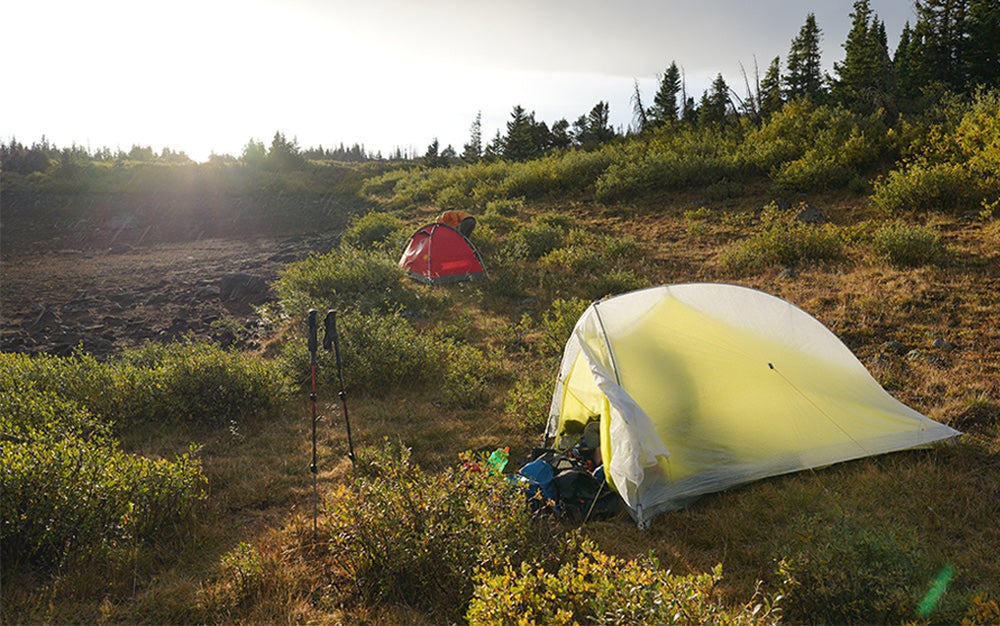
Fly Creek HV Carbon with Dyneema tent by Big Agnes
To travel light, some backpackers hit the trail with just a bivouac sack—a small, low shelter that's more of a body bag than a tent. High-rolling trekkers could instead grab this $800 one-person shelter. Big Agnes constructed the floor and rain fly using Dyneema, a very strong, light fiber made from ultra-high-molecular-weight polyethylene. Big Agnes makes these tents largely by hand to ensure a precision build—a necessity because Dyneema does not stretch. Combining the Dyneema with flexible carbon-fiber poles and a breathable nylon body make this a real home on the trail that's as light as you'll find.

Breathable waterproof protection by Green Theme Technologies
Textile manufacturers traditionally treat the outer layer of their waterproof, breathable jackets with durable water repellent, or DWR, to make raindrops bead up. The problem is, many DWRs contain perfluorinated chemicals (PFCs), which are bad for people and the planet. Green Theme's tech goes on differently. Garment makers apply a PFC-free, hydrocarbon-based liquid to the fabric and then add pressure to permanently bond it to fibers, making them waterproof. This process is also better for the environment in another way: Unlike DWR application, it requires no water. Marmot adopted Green Theme for its Eclipse and Phoenix jackets, and Black Diamond has a shell on the way.
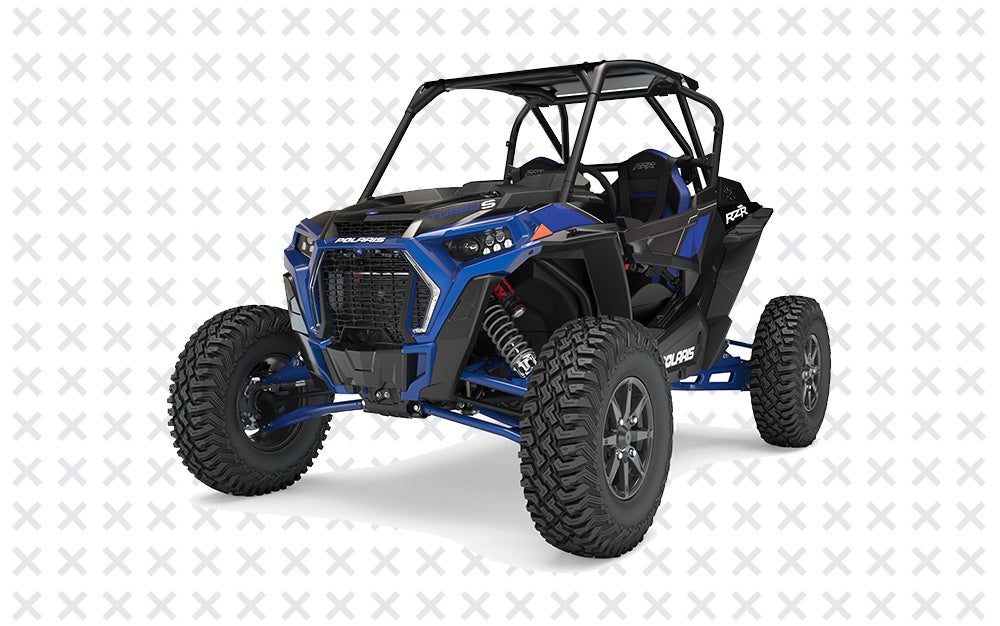
RZR XP Turbo S by Polaris
Polaris created a buggy that drives pretty much anywhere. Thirty-two-inch tires help: They're the biggest on an all-road vehicle and provide 16 inches of ground clearance to get over logs, rocks, and desert dunes without bottoming out. A beefed-up, mostly steel chassis makes the cruiser resistant to twisting and bending (Polaris even used thicker bolts than on the previous model). But the real innovation is the RZR Dynamix Active Suspension, a version of which also appears on mountain bikes and the Ford Raptor truck. Computer-controlled shocks on all four wheels automatically adjust 200 times a second, responding to both what the driver does and what the terrain throws at the vehicle. If you turn left, for example, the shocks stiffen on the right side, keeping the craft from banking outward. That means a smoother, safer ride—wherever you go.

Health
Countless new products and medications hit stores' shelves and doctors' prescription pads every year. Many are a result of small tweaks to already available treatments. A select few, though, totally change the game: A preventative migraine drug slashes monthly headaches in half, an injectable gene restores sight to those with a degenerative eye condition, and a better-designed sunscreen helps more people keep damaging rays at bay. These 10 medical advances represent how science, technology, and creative thinking can help us live longer, better lives.
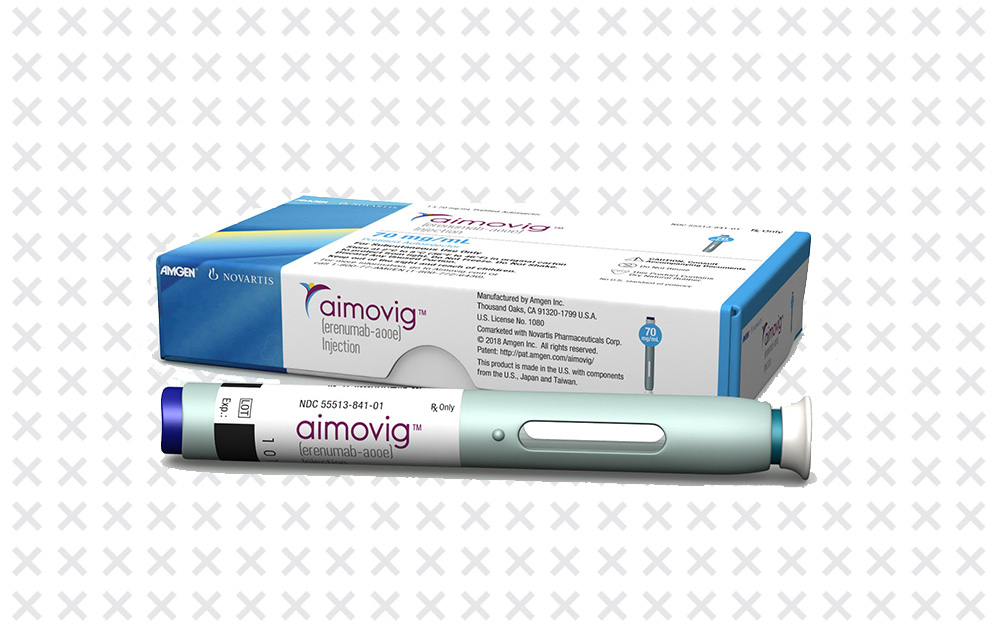
Aimovig by Amgen & Novartis
Twelve percent of people worldwide live with the pounding head pain and other debilitating effects of migraine. What's worse? The drugs commonly used to prevent the attacks are meant for other ailments—high blood pressure, seizures, depression. These medicines don't always work and often cause intolerable side effects. The newly-approved drug Aimovig is the first to prevent migraines by targeting a specific molecular interaction involved in the disorder. The medicine blocks a neurotransmitter called the calcitonin gene related peptide (CGRP), which stimulates brain cells active in migraines. The monthly injection reduces the number of monthly migraine attacks by an average of 50 percent, with far fewer side effects.
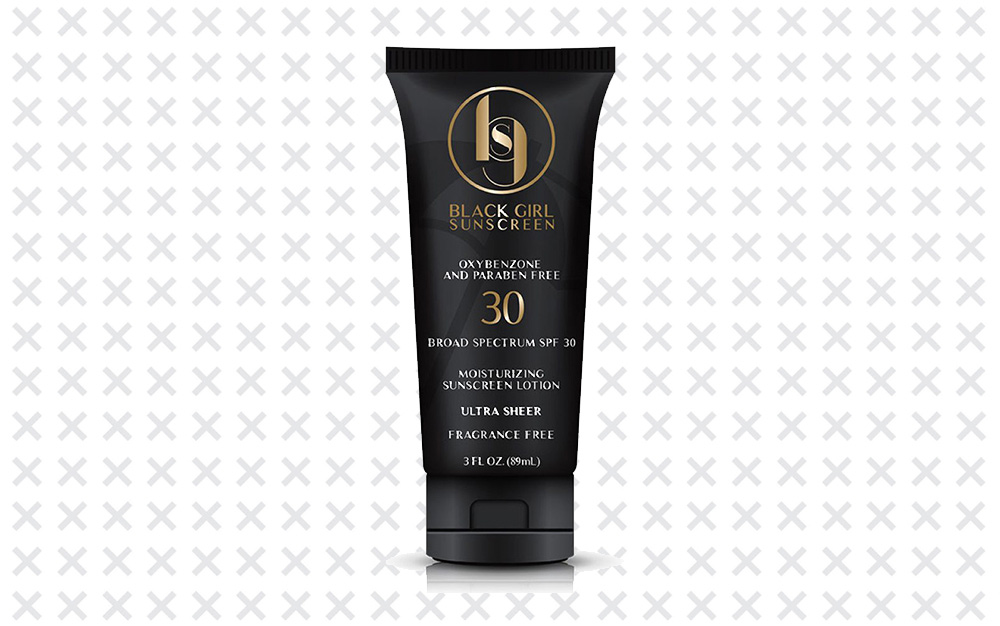
Black Girl Sunscreen SPF 30 Moisturizing Lotion by Black Girl Sunscreen
Finally, sunscreen designed for dark skin
Everyone who soaks up the sun needs skin protection. Yet, most sunscreens leave an undesirable white cast on darker skin that won't fade until washed off with soap. Black Girl Sunscreen, though, is specifically designed for people of color. The FDA-approved product includes a blend of UVA- and UVB-fighting chemicals selected because their chemistry avoids that white residue. The lotion also contains multiple moisturizers to help prevent dry skin. Black Girl Sunscreen
Check Price
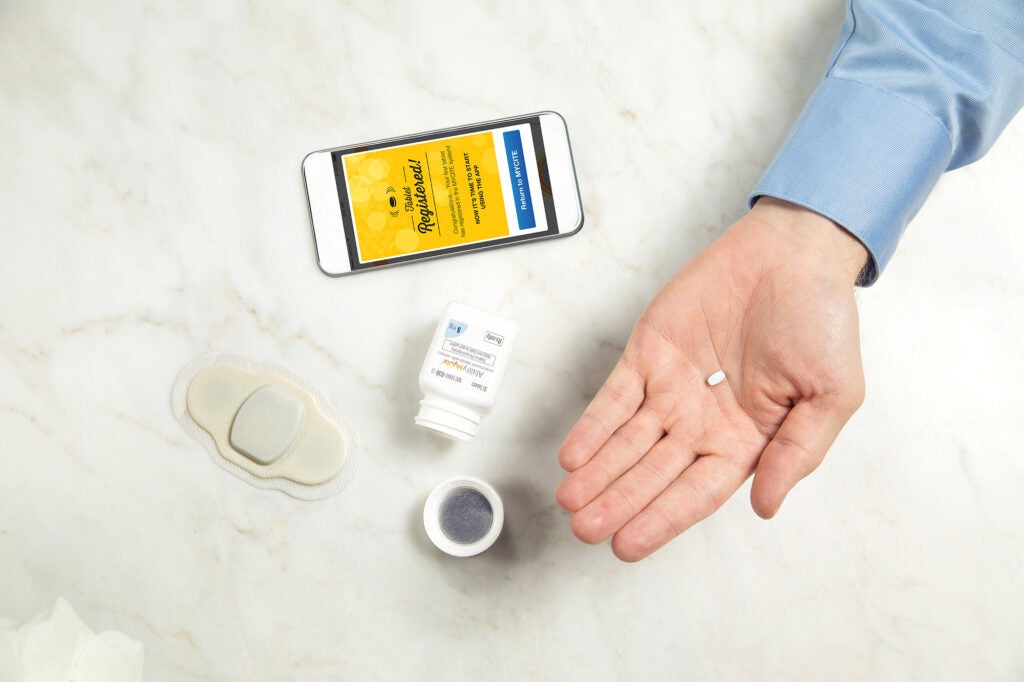
Abilify MyCite by Otsuka America Pharmaceutical & Proteus Digital Health
As many as half of people who need daily medications don't take their drugs on the prescribed schedule, which can reduce effectiveness. Technology incorporated in the antipsychotic medicine Abilify now lets physicians and patients track when meds go down. Once swallowed, embedded sensors in the high-tech drug—dubbed Abilify MyCite—generate an electrical signal that a band-aid-sized skin patch picks up and transmits to a nearby mobile device. Abilify MyCite is the first digital drug to gain FDA approval, but the sensor's maker, Proteus Digital Health, plans to incorporate its device into other medicines, as well.

Luxturna by Spark Therapeutics
In a group of inherited eye disorders collectively known as retinal dystrophy, faulty genes lead photoreceptors (retinal cells critical to vision) to slowly die over time, degrading sight. Luxturna is the first treatment for the condition, and also the first gene therapy to perform its cell modification within the body. It's for people who have a mutation in a gene called RPE65 and consists of a benign virus that contains a healthy version of the gene. Treatment involves just one injection in each eye. After infusion, the virus ferries the gene into retinal cells. Then, a protein encoded by the gene restores the function of any remaining photoreceptors, thus slowing or stopping further vision loss. Researchers say Luxturna could pave the way for future treatments that deliver healthy genes into cells that lack them.
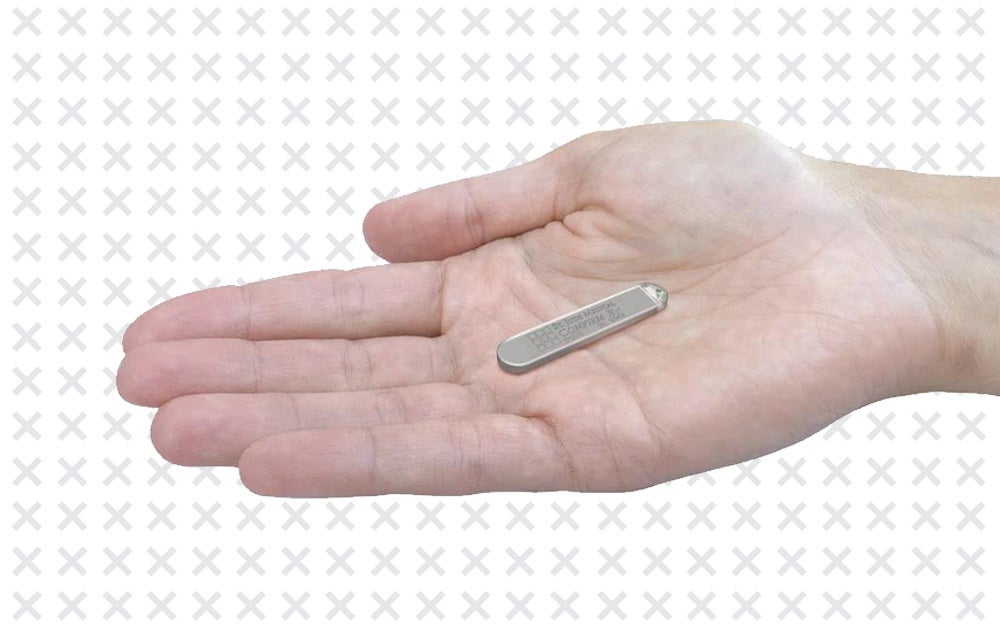
Confirm Rx insertable cardiac monitor by Abbott
Abnormal heart rhythms known as arrhythmias, in which the ticker beats too fast or too slow, come with a risk for strokes and heart attacks. If a patient has suspicious symptoms, such as palpitations or fainting, a doctor will often test for an arrhythmia by having them wear an unwieldy device for a couple days to record the electrical signals that control heart contraction. Abbott's Confirm Rx, a paper-clip-sized device inserted under the skin, makes the same measurements, but is much less onerous to patients. It continuously monitors the heart's electrical activity by performing a single-lead electrocardiogram, and it transmits the data via Bluetooth to the doctor for review.
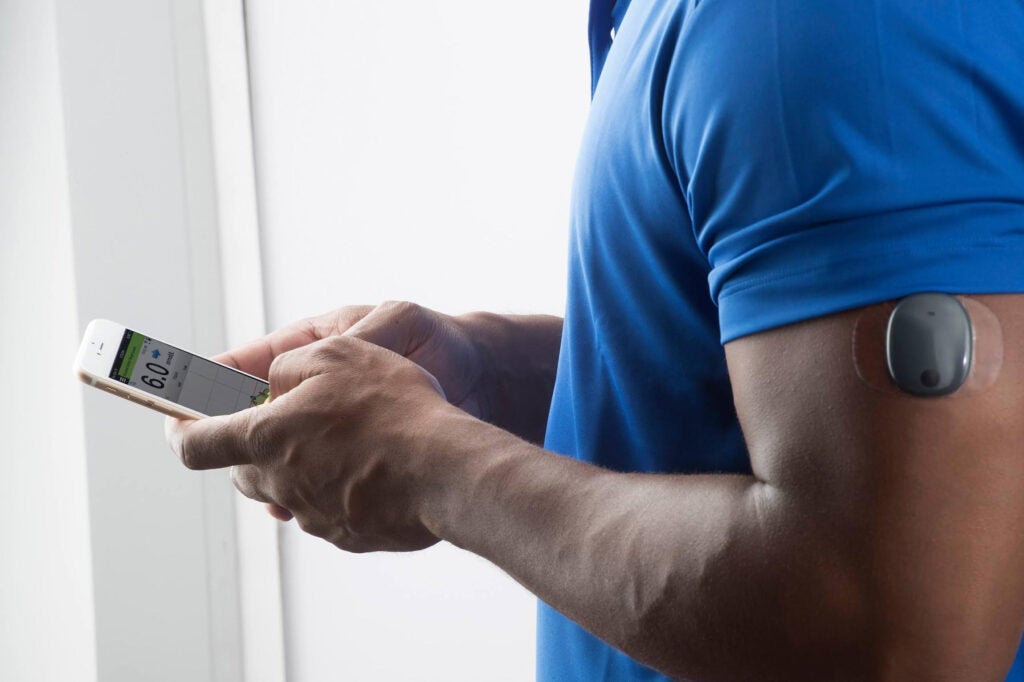
Eversense Continuous Glucose Monitoring System by Senseonics Holding
Many people with diabetes prick a finger several times a day to measure their blood-sugar (glucose) levels. They need the information to determine how much insulin to take to prevent levels from rising too high. Aside from being painful and annoying, finger sticks don't track sugar between tests—a concern because chronically high levels can lead to heart disease, blindness, and kidney failure. Some existing devices avoid the bloodletting and measure glucose continuously for a week. But the Eversense Continuous Glucose Monitoring System does it for far longer: a full 90 days. The sensing component, which is about the size of a grain of rice, sits directly under the skin. It measures glucose every five minutes and sends the readings to a nearby mobile device for reference and storage.

Apple Watch Series 4 by Apple
Arrhythmia-spotting smartwatch
Smartwatches can track your steps, count your pulse, and even guide you through a deep, relaxing breathe. Now, the Apple Watch has taken a giant leap forward in the medical sphere: The Series 4 can do an electrocardiogram (ECG) to measure the electrical activity of the heart—a test usually performed in a doctor's office. When you hold a finger firmly on the digital crown, conductors in the back of the watch and the circlet measure your heart's electrical pulses and display the rhythm on-screen. Apple's ECG is greenlit to detect a type of arrhythmia called atrial fibrillation (a condition in which the upper chambers of the heart tremble instead of beat, affecting blood flow). It's not as powerful a test as those in doctors' offices, and how well it stacks up against other arrhythmia detectors isn't clear yet. However, its potential benefit to public health can't be understated: In the future, if users can opt-in to sharing their data with research studies, it could help doctors identify early warning signs of the disease. Apple
Check Price
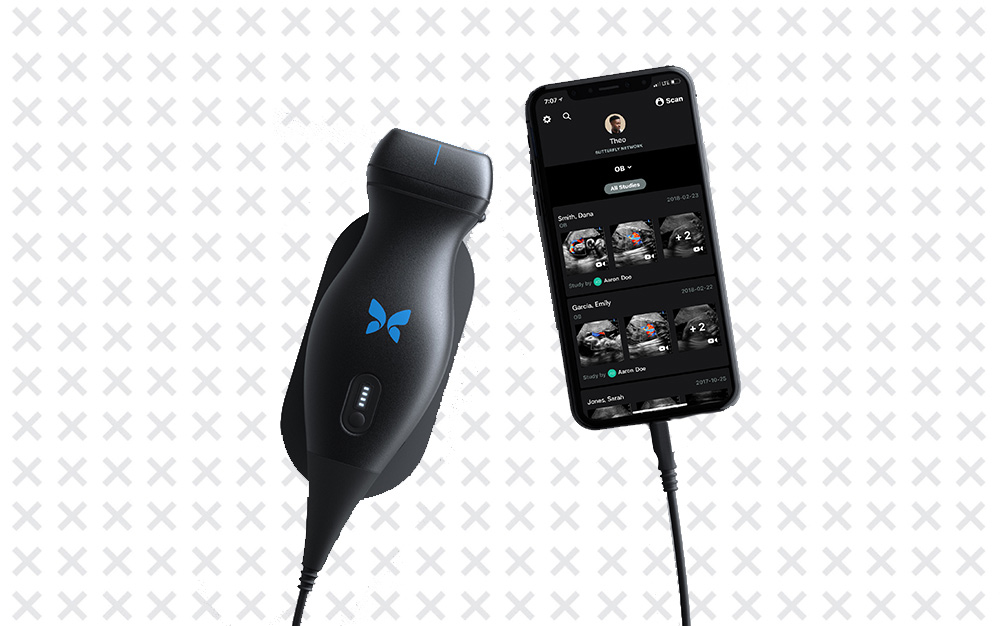
Butterfly iQ by Butterfly
Ultrasounds are incredibly useful: They allow physicians to visualize our internal organs, muscles, tendons, and even the blood vessels in our hearts. But the machines are also cumbersome and expensive. Costly piezoelectric crystals must be carefully incorporated into each probe, and different areas of the body require their own probes; a high-frequency ultrasound reaches shallow tissue just under the skin, while a low-frequency one visualizes tissue deep under the skin, like the heart muscle. The Butterfly iQ is different. Instead of a piezo crystal, the device uses a far cheaper silicon chip that can generate frequencies needed for any depth. This reduces the cost of an ultrasound machine from $40,000 or more to just $2,000, putting the purchase within reach of more physicians.

Shingrix by GlaxoSmithKline Biologicals
At some point in life, one in three Americans will suffer from shingles, a painful, itchy, and blistery rash that develops on one side of the body. Caused by the same virus as chickenpox in children, the rash usually resolves over a few weeks. Other times, though, it can cause pain in the affected area that persists for months or years. And, in rare cases, it can also lead to hearing and vision loss and strokes. The sole vaccine that was available until recently prevented the condition only about half the time. Late last year, though, the FDA approved Shingrix, a vaccine that prevents the rash in 90 percent of recipients in the first year and still works in 85 percent of patients four years later. Shingrix consists of a protein found on the virus's surface and a substance that enhances immune responses; when the immune system "sees" the protein, it seeks out and attacks the virus itself, preventing trouble.

Biktarvy by Gilead Sciences
People infected with HIV, a type of retrovirus, must adhere strictly to treatment with antiretrovirals to avoid AIDS, the stage of infection that severely hampers the immune system's ability to fight other attackers. This year, the FDA approved the most-potent therapy yet. Brand-named Biktarvy, the once-daily pill contains three drugs that tamp the virus in different ways, and together are more effective than they would be as solo treatments. One ingredient in particular, Bictegravir, is entirely new, and recent studies show it to be at least as effective as other anti-HIV retro virals on the market, with fewer side effects. It blocks one of the HIV proteins that plays a key role in spreading the virus throughout the body, and Bictegravir's distinctive structure also minimizes unwanted interactions with other drugs.

Software
Virtual assistants make phone calls on your behalf now. Google Assistant's new Duplex technology can talk to real human people, which means you may never have to make a dinner reservation again. Elsewhere on our list of the top software innovations of 2018, there's tech that'll do fun things, like deliver a pizza to your spot in a public park, and programming that takes on seriously important things, like enable 911 dispatchers to find mobile callers way faster.

Duplex by Google
Virtual assistants are great at interacting with the internet, pulling forecasts or monitoring traffic on your commute home. With the addition of the Duplex system this fall, Google Assistant became the first to interact with other humans on your behalf, tackling the decidedly flesh-and-blood task of making a dinner reservation. (Other chores, like booking a haircut, could follow.) Google trained the artificial intelligence behind Duplex by feeding it recordings of real phone calls, which engineers annotated to indicate conversational cues—for instance, all the ways a host might ask to clarify the size of a party. The result is a neural network (that's AI speak for a computer that thinks like a brain) and synthetic voice that can hold a natural-sounding tête-à-tête, complete with interrupters like "ums" and "ahs," with a real-life person. To start: Anyone in New York City, Atlanta, Phoenix, or San Francisco with a Pixel smartphone can assign Duplex a task by typing or speaking into the Assistant app. Then they sit back and wait for their digital guy Friday to confirm the table.

Mobile link up with the NG911 Clearinghouse by Rapid SOS, Google, & Apple
When you call 911 from a cell phone, nearby towers and GPS data tell dispatchers where you are—typically within a football field or two. By tapping into additional location information, such as your proximity to nearby Wi-Fi hotspots, your phone can tighten the search to a couple of yards. The RapidSOS NG911 Clearinghouse, which iOS and Android integrated this year, lets dispatchers see the phone's more-precise targeting quickly. This change will help more dispatchers shave minutes off response times. Cutting as little as 60 seconds, according to RapidSOS, could save more than 5,000 lives in the U.S. every year.

WebAuthn (Web Authentication) by FIDO Alliance & W3C
Savvy web surfers can already skip typing verification codes to log into secure sites if they use a USB dongle like a Yubikey or a fingerprint scanner in place of the digits. But not all browsers, sites, and apps recognize and trust those identifiers. A new standard called WebAuthn helps them get along. Already active in browsers like Firefox and Chrome and sites like Dropbox and Twitter, the protocol could soon allow sites to replace both passwords and two-factor authentication codes with faces, fingerprints, or voices.

Lookout by Google
Most apps that help people with visual impairments identify their surroundings require constant picture-snapping. The Google Lookout app, currently available on the company's Pixel phones, lets those who need assistance go hands-free. With the phone worn camera-out on a lanyard or peeking from a pocket, the app can either announce items of interest (for instance, an elevator at the wearer's 3 o'clock) or read text aloud. The software relies primarily on image-recognition and visual search against a library that so far contains hundreds of common objects. Covering the camera pauses the narration, and knocking on the phone twice brings it back.

Facebook Container by Mozilla
Facebook follows us around the web—all the better to feed us ads for the bullet journals we've been eyeing on Amazon. Mozilla's Firefox extension keeps your activities away from the social giant's prying eyes. On installation, it erases codes known as login cookies, which would normally track visits to other sites. Thereafter, Facebook can't monitor your browsing on any site but its own. There's just one catch: If you click a "share" button on another page, Zuck's crew will know.

Delivery Hotspots by Domino's
Let's say you're at a dog park, pool, or otherwise away from a typical street address and need a pizza fix. Now you can get Domino's. Based on recommendations from local shops, the national 'za chain set up more than 200,000 nontraditional delivery spots—such as the concession stand at Renfrew Field off of Friend Street, in Adams, Massachusetts, and the corner of 124th street and Madison Avenue in New York City. At the company's site or via its app, select from nearby drop points and arrange for prepaid delivery. Adding identifying details, like that you and your pupper are sporting matching bandanas, is optional.
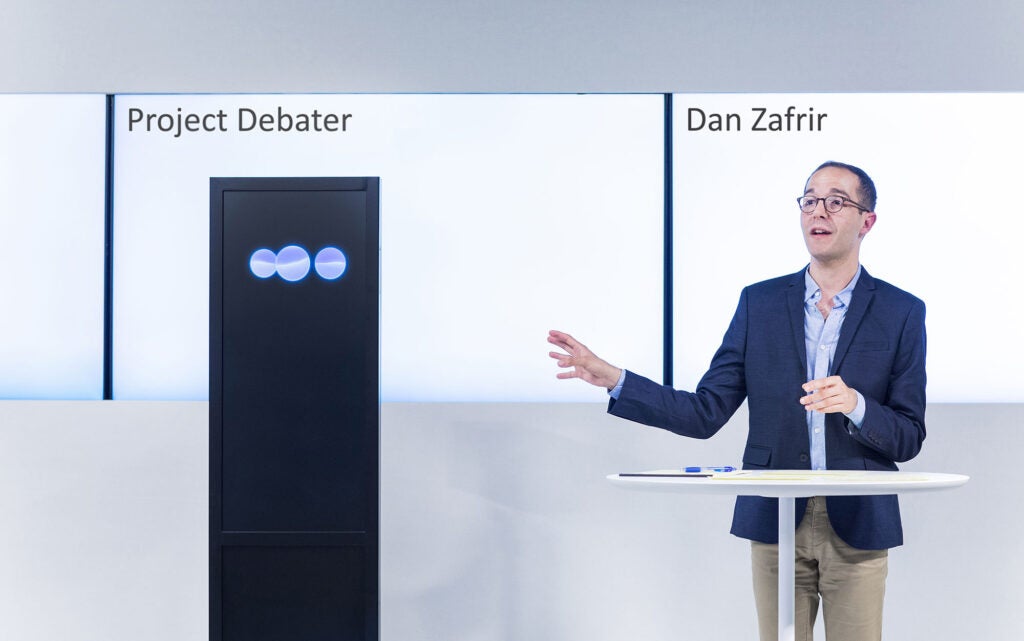
Project Debater by IBM
Humans can spend weeks hashing out big decisions. Project Debater, an AI system IBM's been developing for six years, can get there in less than an hour. In a June demo, the system and a human opponent got a topic on the spot. Debater had 10 minutes to digest a database of more than 10 billion sentences and construct a spoken argument for subsidizing space exploration. The computer also delivered a four-minute rebuttal and a two-minute summary. The machine presented the best information, but the human took honors for delivery. Still, the partial rhetorical victory represents several advances, among them, data-driven speech writing and listening comprehension.

Engineering
It's an elegant way to avoid urban flooding: Lay down paving tiles that soak up rain and divert it from sewers to greenery. But that innovation, the Climate Tile, is just one of the problem-solving projects we've named the best engineering breakthroughs of 2018. There's also a 3D printer slated to build affordable homes in impoverished areas, and a sea life sampler that lets biologists gather marine specimens without damaging their squishy bodies. Other "bests" are a bit more whimsical: a banana that grows in the cold, vegan scrambled eggs, and robots that turn backflips 60 feet in the air.
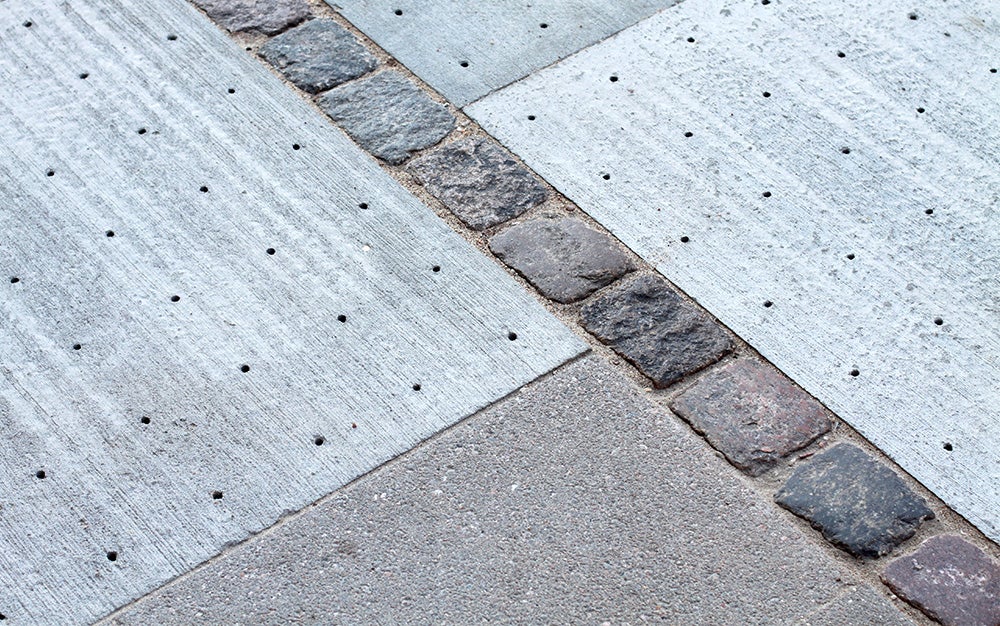
Climate Tile by Tredje Natur (Third Nature)
As climate change brings stronger storms with drenching downfalls, the risk of flash floods from overflowing sewers balloons. In the past two years, for instance, Ellicott City, Maryland, has endured two "thousand-year" drenchings. Soon, communities will be able to replace impervious sidewalks with absorbent ones. Climate Tile pavers, first tested along a 55-yard stretch in Copenhagen this year, can divert about 30 percent of rain away from otherwise overwhelmed drainage. The wet stuff passes into 42 0.2-inch pores that dot the surface of each concrete block, then runs into horizontal channels that funnel the flow from tile to tile and into underground storage, which also collects roof water. H2O eventually feeds into permeable landscapes, such as tree roots beside walkways. The excess winds up in the sewers. The fresh plantings, which radiate less heat than paths and buildings do, also provide welcome shade on hot days.
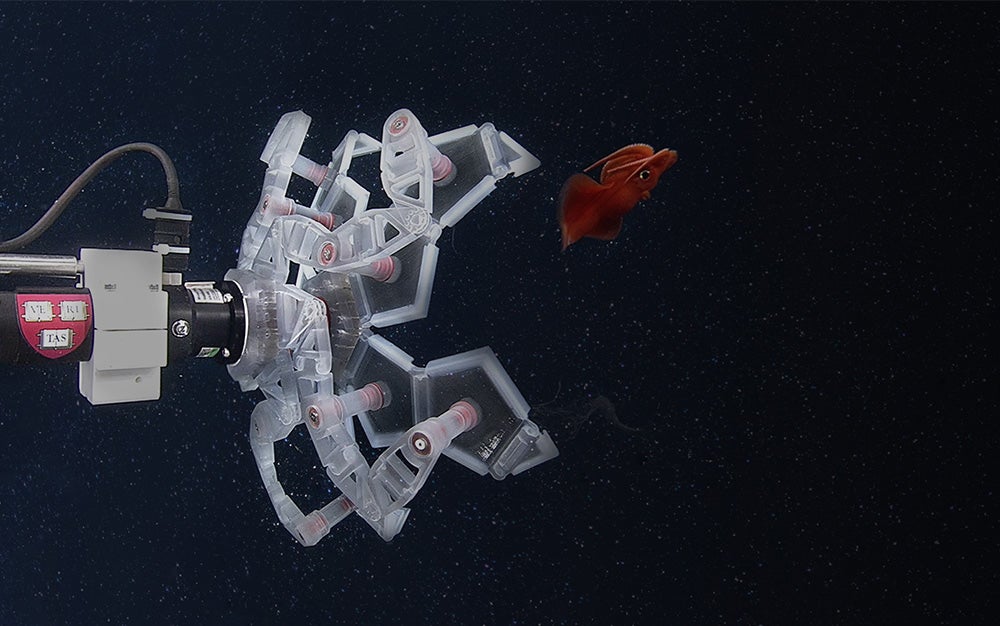
Rotary Actuated Dodecahedron (RAD) by Harvard University
When marine biologists snag soft-bodied organisms like octopuses, their tools can easily squish the delicate critters. Harvard University mechanical engineer Zhi Ern Teoh developed an origami-inspired grasper that wraps around specimen like petals around a rose stamen. Five foldable panels on the "rotary actuated dodecahedron" (RAD) link to a scaffold of rotating joints. One motor at the center of the device induces the elements to spin and form a hollow, 12-sided ball around a sample. During ocean testing, the RAD caught and released squid and jellyfish unharmed.

Mongee banana by D&T Farm
If humankind only ate bananas where they can grow naturally and without pesticides, no one outside the tropics could enjoy the potassium-rich fruit. Late last year, a Japanese farm introduced the Mongee: a variety that can handle a temperate-zone chill. The farmers freeze cells from saplings at -76 degrees for 180 days, which awakens the genes that induce cold tolerance. Plants cultivated from the cells grow comfortably at temperatures in the 50s, far below the the typical 80 degrees. The fruit also tastes sweeter than usual, with a hint of pineapple, and has a thin, edible peel. The Mongee costs about $6 a nanner and sells only in Japan, but the farm is eyeing broader distribution.

The Loupe on the Space Needle
When renovation of Seattle's iconic Space Needle began, its managers were myopic: all they wanted was better views. So they added 176 tons of glass—37 of them to turn the lower deck's revolving floor transparent. The new bottom, called the Loupe, consists of 10 glass layers—four that stay put and six that spin on 48 visible motorized rollers. Sheets of a stiff laminating plastic called "ionoplast" keep any cracks from propagating. The floor lets visitors peer 500 feet straight down.
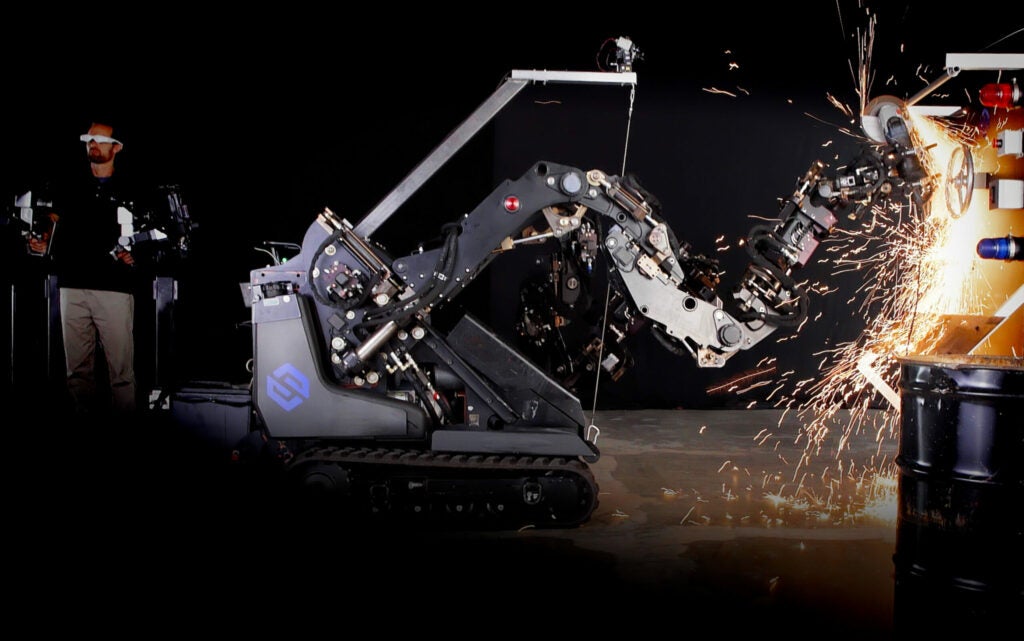
Guardian GT robot by Sarcos
Think of the Guardian GT robot like the Power Loader from Aliens, just more graceful. Instead of a joystick or other remote, human operators don an upper-body exoskeleton to maneuver the behemoth. The system embiggens their gestures on the robot's 7-foot arms, which can together hoist 1,000 pounds yet have hands agile enough to join pipes, slice metal with a saw, and press a single button. Actuators in the control device let an operator feel a scaled-down version of the forces that hit the robot's arms and adjust accordingly. Specialists can also remotely operate the rig, spying video from two cameras mounted between the machine's "shoulders" through a headset.
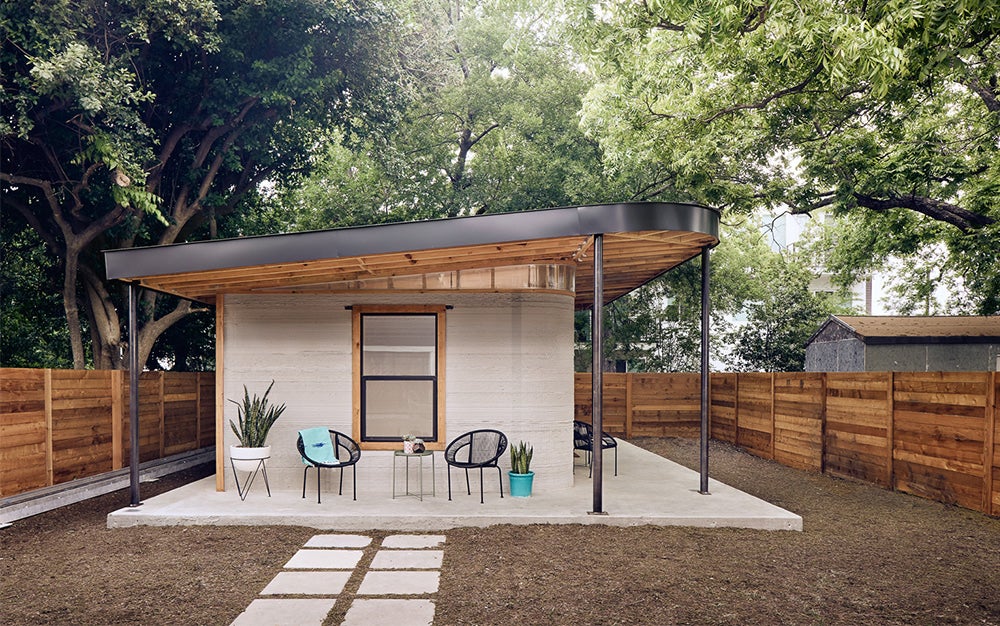
Vulcan printed housing by ICON & New Story
In El Salvador, erecting a house can take weeks. A new large-scale 3-D printer from building startup ICON could construct a one-story, two-bedroom, 650-square-foot home in a day for about $4,000. Designed for the developing world, the one-ton printer fits on a trailer truck for easy transport and will be able to run round the clock on a built-in generator. The machine also uses a proprietary mix of mostly locally sourced ingredients like cement and sand. Together with housing nonprofit New Story, ICON plans to build 100 homes in Latin America next year.

Stuntronics by Disney Imagineering
C-3PO, the Pirates of the Caribbean, and other animatronics that dot Disney parks spend their lives pinned to the ground. This year, the media giant's "imagineers" launched Stuntronics: humanoid robots that soar 60 feet in the air, turn somersaults or backflips, and safely land, ready to perform again. Onboard gyroscopes and accelerometers help the flying entertainers orient themselves and self-correct their motions mid-flight. Sadly, there's no word yet on when an airborne Tinkerbell might whizz overhead at one of the parks.

Morpheus Hotel by Zaha Hadid Architects
Built atop an abandoned rectangular foundation in Macau, China, the 42-floor Morpheus hotel is a study in openness. Between the building's two towers, visitors enter a 131-foot-tall atrium. Their view upward and sideways is unencumbered by support columns thanks to a freeform steel mesh exoskeleton—the world's first in a high-rise. The complex exterior helps hold the building up and completely supports the atrium's façade. All the better to admire the artful, irregular holes punched between the towers.

Amazon Go by Amazon
Amazon Go convenience stores have no cashiers or finicky do-it-yourself checkout stations. At the entrance, customers scan a QR code in the Amazon Go app. Then they pick up what they want, walk out, and receive a digital receipt. That's it. As shoppers wander the aisles, hundreds of cameras and sensors feed an artificial intelligence that tracks each person and product, building customers' carts as they peruse. Six stores stocking meals and snacks opened this year in Seattle, San Francisco, and Chicago. More companies, including Zippin and Dutch retailer Ahold Delhaize (which owns Stop & Shop and other U.S. grocers), are tinkering with similar grab-and-go schemes.

Steel Vengeance by Rocky Mountain Corporation
The specs on Cedar Point's Steel Vengeance grossly belie its wooden origins. Built atop the aging timber coaster Mean Streak, the 2.5-minute ride swoops thrill-seekers through a record-breaking whip, including a 200-foot drop, four upside-down inversions, 74-mile-per-hour speeds, and 27.2 total seconds of airtime (the feeling of getting pulled out of your seat). At the core are Rocky Mountain's patented IBox Track steel rails, which, instead of round tubes, have flat tops that create a smoother ride. The result is the tallest (205 feet), longest (5,740 feet), and fastest steel-wood hybrid in the world.

Just Egg by Just
Americans love eggs. Domestic McDonald's stores alone burn through about 2 billion a year. But production creates a load of greenhouse gas and can be brutal for chickens. Just Egg—a pour-and-cook, plant-based substitute—looks and tastes a lot like the real thing and has a 39-percent-smaller carbon footprint. The key ingredient is mung bean protein, which food scientists chose because its chemistry suggested it would cook much like the same component in eggs. A serving equivalent to one egg delivers five grams of the macronutrient (a large egg has six) and no saturated fat. Scrambles and sandwich patties are already cropping up in high-end and casual restaurants. In stores, an eight-serving bottle runs eight dollars.
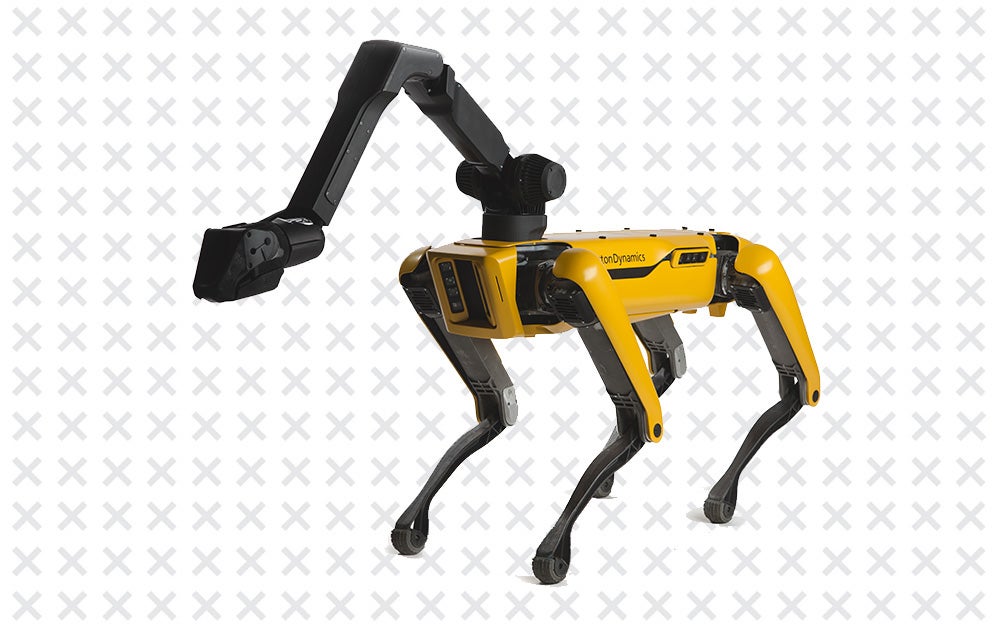
Spot by Boston Dynamics
Most robots trip up on steps, but not Spot. Boston Dynamics's first commercial bot—which resembles a 3-foot-tall dog—moves on four legs that can negotiate not only stairs but also rocks, hills, and snow. (The pup also dances!) To measure its steps, Spot synthesizes inputs from five sets of stereo cameras (two on the front and one each on the rear and sides), and gyroscopes and accelerometers in its body. Added hardware and software can customize the dog for various tasks—say, roaming construction sites to check job status or hauling packages from delivery trucks to porches. An optional jointed arm is dexterous enough to open doors.
New Inventions In Automobile 2018
Source: https://www.popsci.com/best-of-whats-new-2018/









Tidak ada komentar:
Posting Komentar